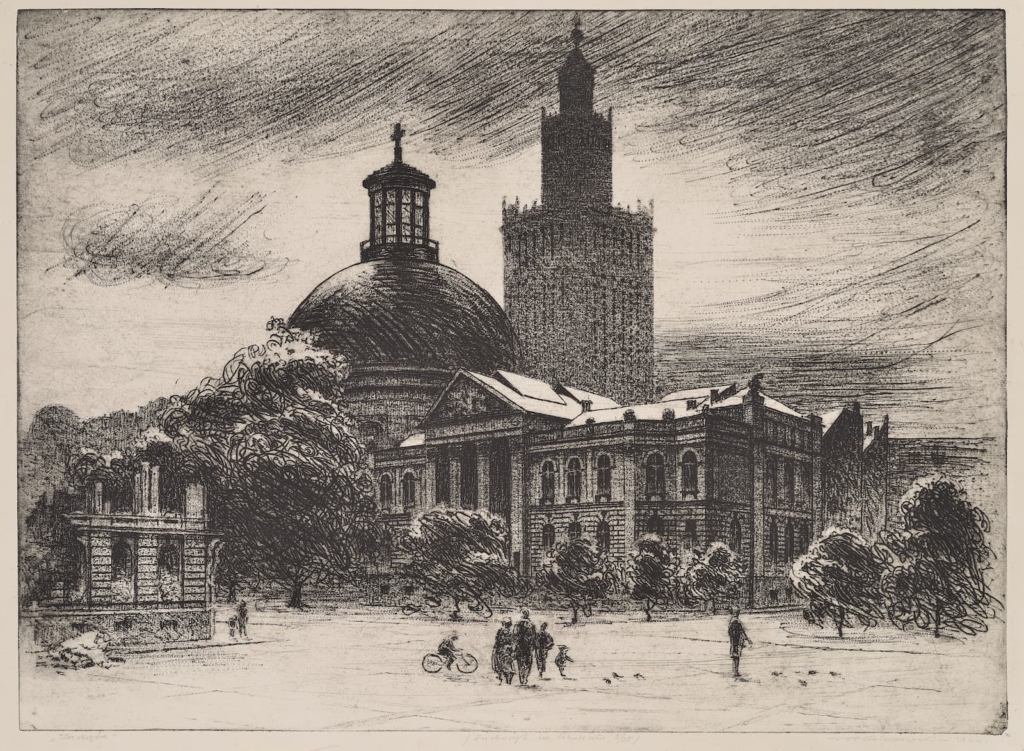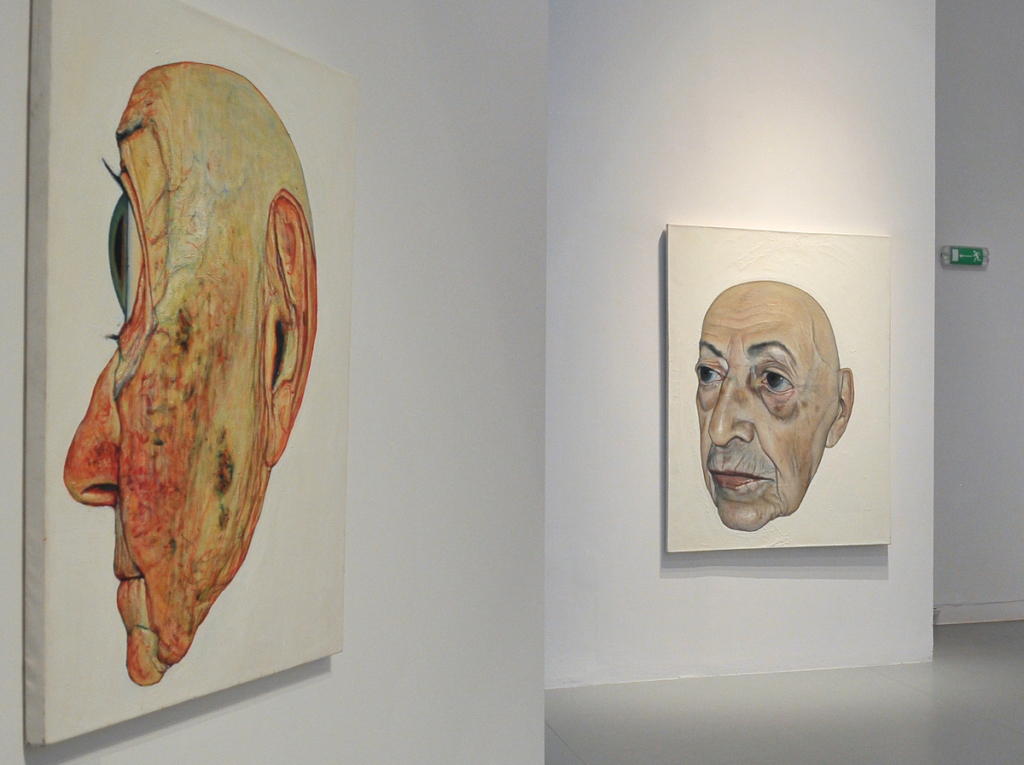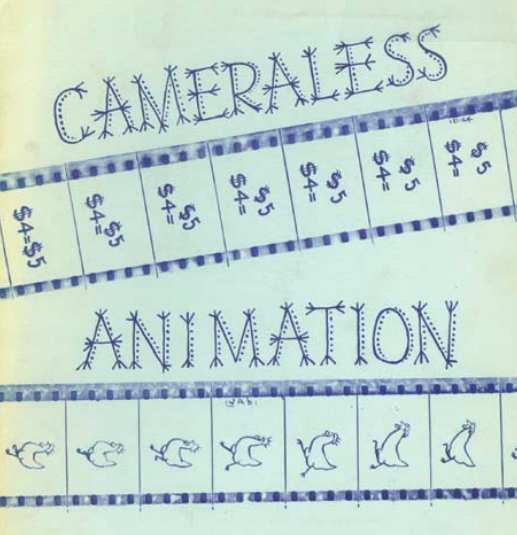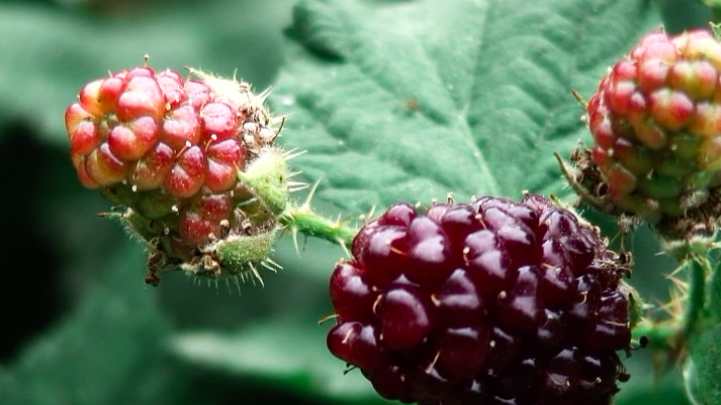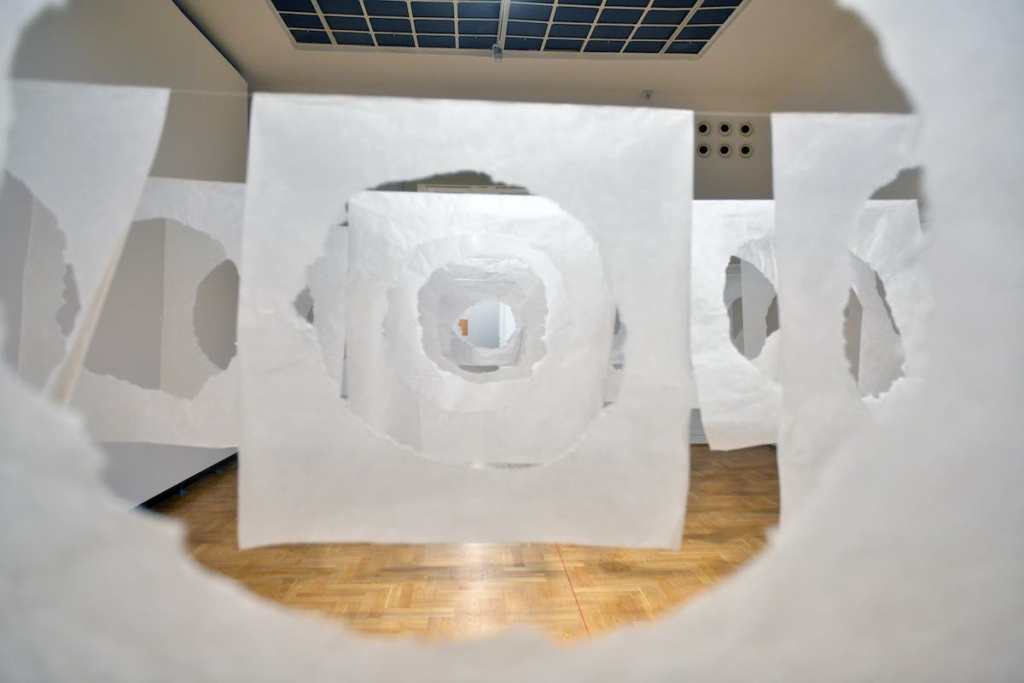Archives
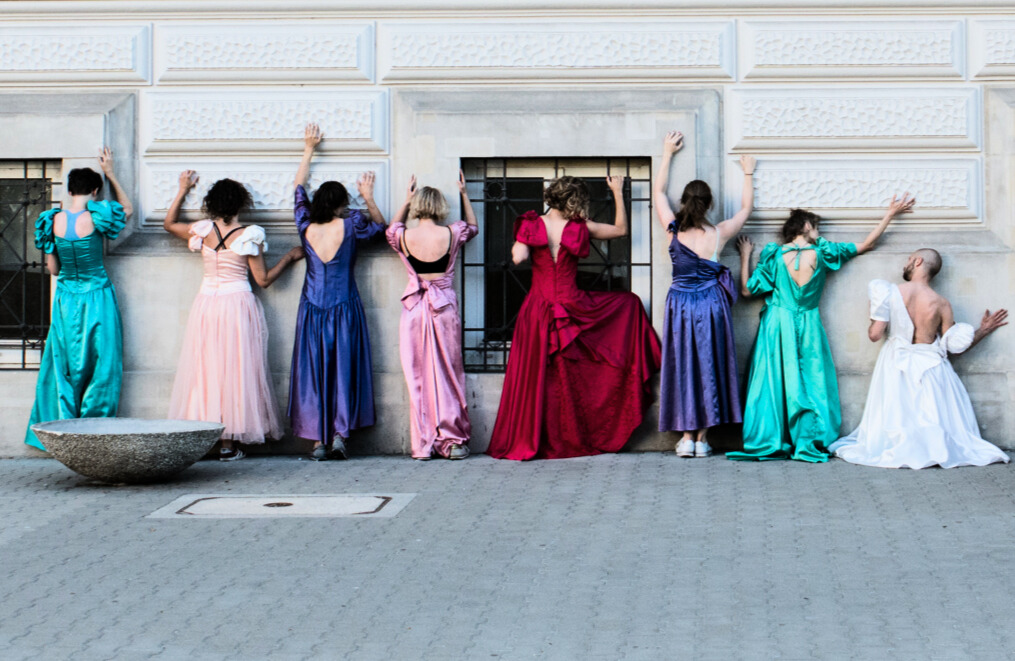
Nr. 40
Najnowsze wydanie Magazynu Zachęta Online to zaproszenie do oddanego sztuce MIEJSCA, które tworzą LUDZIE. Spotykają się na wystawach, biorą udział w wydarzeniach, nawiązują relacje w budynku i przestrzeni wokół niego, mijają się na schodach i witają na korytarzach. Patrzą, słuchają, mówią, ruszają się, myślą i CZUJĄ.
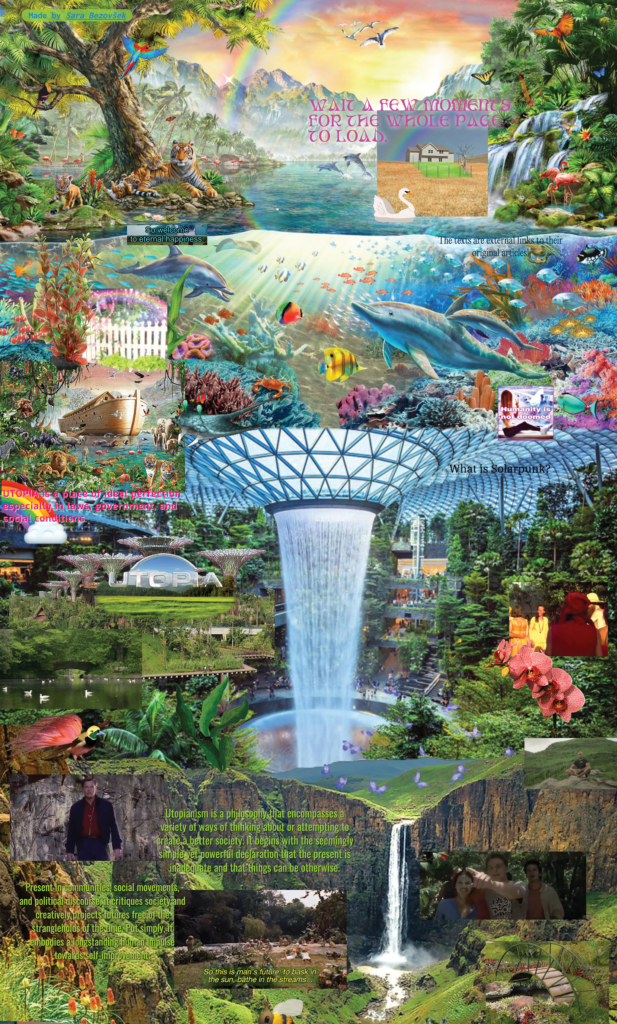
Nr. 39
Razem z otwarciem wystaw „Z popiołów” oraz „Zza gór słońce się wznosi blade” wraca Magazyn Zachęty Online z tekstami dopełniającymi i poszerzającymi kontekst ekspozycji. Kuratorki zaprosiły pisarki, akademiczki, badaczki i artystki do podzielenia się refleksjami na temat momentów przełomów oraz towarzyszących im postulatów i obserwacji na temat zwrotu spekulatywnego w sztuce, wiedzy cyborgicznej, wizualności katastrofy klimatycznej czy perspektyw sojuszniczych.

No. 39
Aleksandra Skowrońska: An impulse, a diagnosis, several weeks of the most intense (collaborative) work I’ve ever undertaken, and here they are! On the 15th of March we opened two exhibitions in Zachęta: From the Ashes and Does the Rising Sun Affright. After the emotions of the opening have calmed down, we finally have the opportunity to look from a certain distance at both our own proposal and the one with which we are entering into dialogue through the tool of curatorial practice…
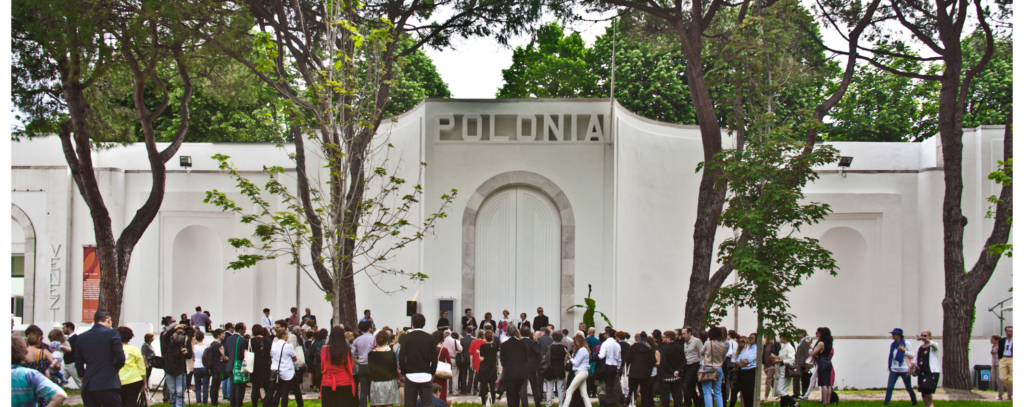
Nr 38
Zachęta — Narodowa Galeria Sztuki jest opiekunem Pawilonu Polskiego i organizatorem wystaw na Biennale Sztuki i Biennale Architektury w Wenecji. Dyrektor galerii pełni funkcję komisarza pawilonu.
W tym roku mija 90 lat od otwarcia Pawilonu Polskiego w Wenecji. Aby uczcić tę rocznicę, w tym numerze Magazynu Zachęta online publikujemy liczne materiały archiwalne poświęcone polskim prezentacjom na Biennale w Wenecji, przypominamy też nagrodzone wystawy. W Księgarni Artystycznej Zachęty dostępna jest okolicznościowa pocztówka.

No. 38
Zachęta — National Gallery of Art in Warsaw, is the organizer of the exhibitions in the Polish Pavilion both for Biennale Arte and Biennale Architettura, as well as the custodian of the building. The gallery’s director acts as the pavilion commissioner.
This year marks the 90th anniversary of the opening of the Polish Pavilion in Venice. To commemorate this anniversary, in this issue of the Zachęta Online Magazine, we present celebratory text about the anniversary, archival materials devoted to Polish participation and we recall the award-winning exhibitions. A postcard issued for this occasion is available in the Zachęta Art Bookshop.
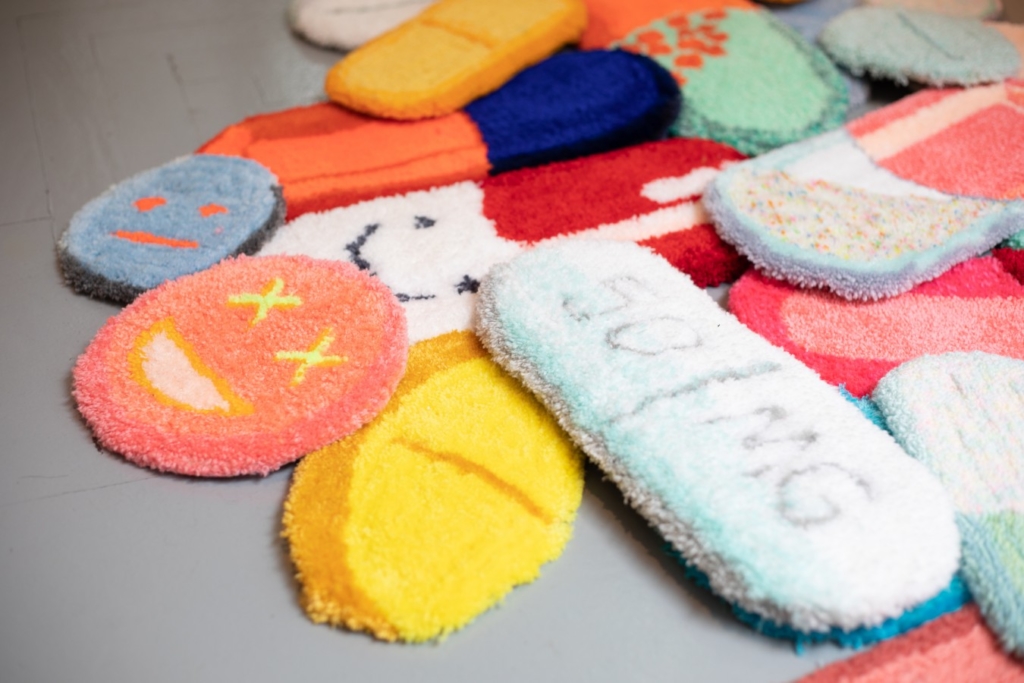
No. 37
The Discomfort of Evening is the title of the latest exhibition at the Zachęta, presenting the youngest generation of artists in Poland – both female and male. As curator Magdalena Komornicka writes in her introduction to the exhibition: “Youth is a problematic and blurred category, and observing artistic phenomena through a generational lens may seem incongruent with the contemporary times, which is why age is not a defining criterion.” This issue of the Zachęta Online Magazine is therefore devoted to the exhibition and generational experience.

No. 37
The Discomfort of Evening is the title of the latest exhibition at the Zachęta, presenting the youngest generation of artists in Poland – both female and male. As curator Magdalena Komornicka writes in her introduction to the exhibition: “Youth is a problematic and blurred category, and observing artistic phenomena through a generational lens may seem incongruent with the contemporary times, which is why age is not a defining criterion.” This issue of the Zachęta Online Magazine is therefore devoted to the exhibition and generational experience.
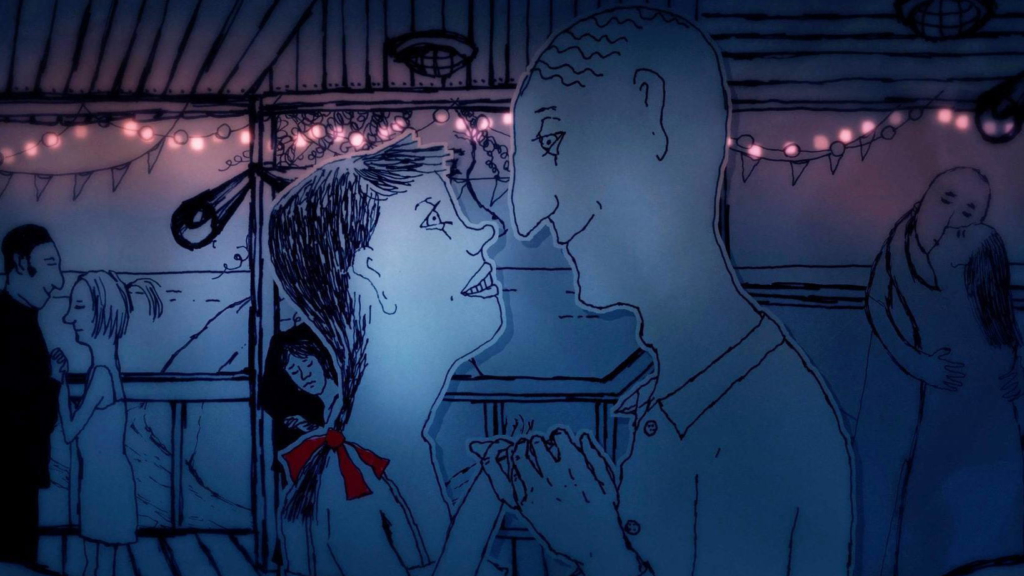
No. 36
At the beginning of March at the Zachęta, we opened Mariusz Wilczyński’s exhibition built around a single film – Kill It and Leave This Town, the full-length debut of the well-known animator. This is an opportunity for the Zachęta Online Magazine to take a closer look at the artist’s work, but also to bring to mind other presentations devoted to animation. Kill It… is part of a series of exhibitions initiated in 2013 presenting the key figures in the history of Polish animated film: Julian Antonisz and Kazimierz Urbański (with Joanna Kordjak as the curator of both projects).

No. 36
At the beginning of March at the Zachęta, we opened Mariusz Wilczyński’s exhibition built around a single film – Kill It and Leave This Town, the full-length debut of the well-known animator. This is an opportunity for the Zachęta Online Magazine to take a closer look at the artist’s work, but also to bring to mind other presentations devoted to animation. Kill It… is part of a series of exhibitions initiated in 2013 presenting the key figures in the history of Polish animated film: Julian Antonisz and Kazimierz Urbański (with Joanna Kordjak as the curator of both projects).
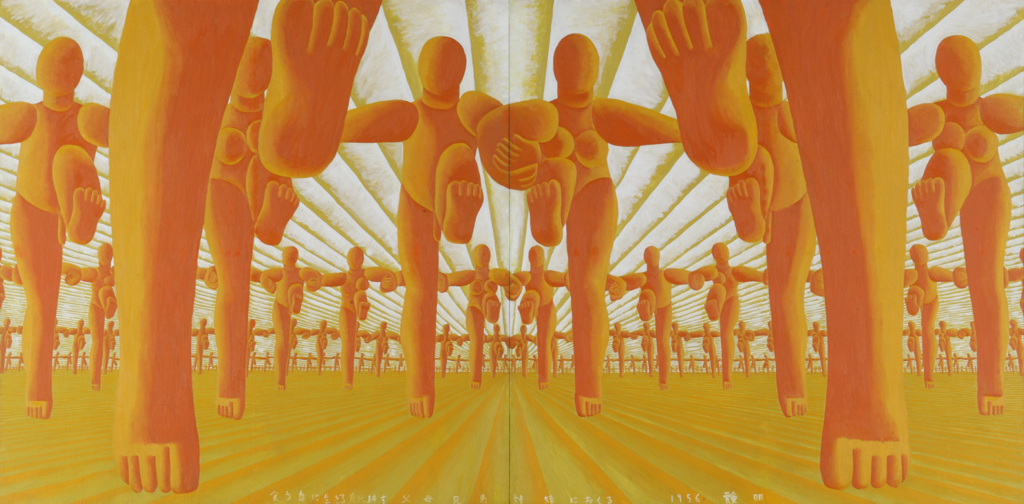
No. 35
We welcomed the New Year at the Zachęta in an avant-garde spirit. Curated by Maria Brewińska, the exhibition Between Collectivism and Individualism – Japanese Avant-garde in the 1950s and the 1960s has enabled us not only to learn more about Japanese art and its accompanying social and cultural contexts, but also to see works rarely shown outside Japan. In turn, Joanna Kordjak has recalled Teresa Gierzyńska, an extraordinary artist whose exhibition Women Live for Love shows the author’s fascinating experiments with photography as the medium, as well as the feminist dimension of her work.

Nr 35
Przełom roku przywitaliśmy w Zachęcie w duchu awangardowym. Wystawą Między kolektywizmem a indywidualizmem — awangarda japońska w latach 50. I 60. XX wieku kuratorka Maria Brewińska pozwoliła nam nie tylko lepiej poznać sztukę Japonii oraz towarzyszące jej konteksty społeczne i kulturowe, lecz również obejrzeć prace rzadko pokazywane poza krajem. Joanna Kordjak natomiast przypomniała postać niezwykłej artystki Teresy Gierzyńskiej, której wystawa Kobiety żyją dla miłości pokazuje ogromnie ciekawe eksperymenty autorki w medium fotografii, a także feministyczny wymiar jej prac.
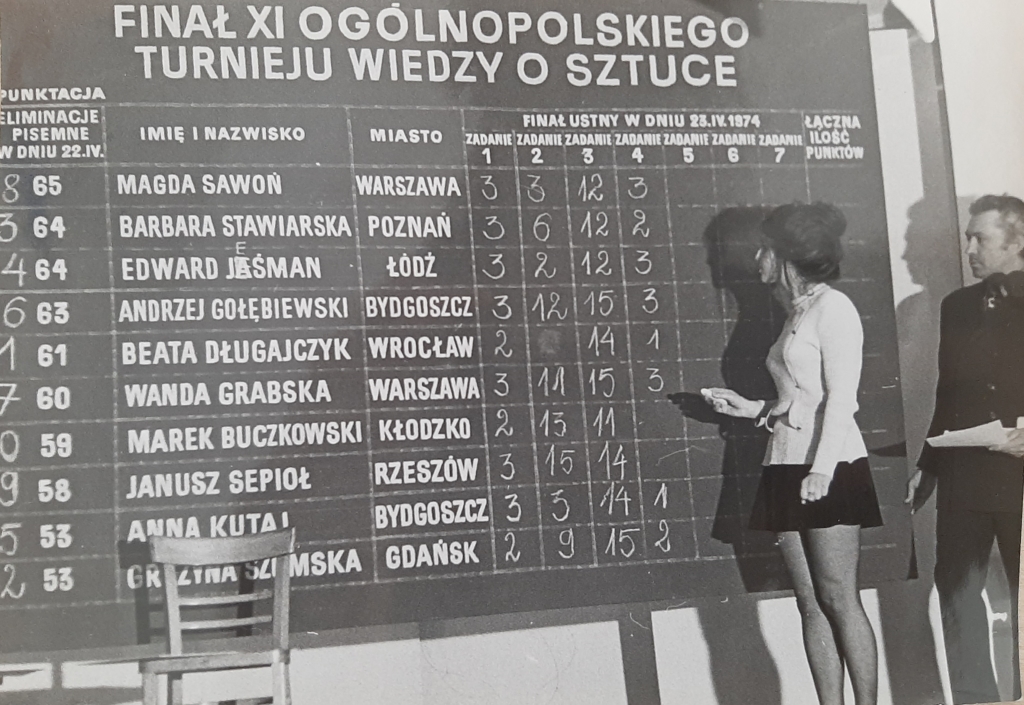
Nr 34
Kiedy w 1860 roku powstało Towarzystwo Zachęty Sztuk Pięknych, przez kolejne kilkadziesiąt lat w szeregi jego członków nie przyjmowano kobiet — tak stanowił statut stowarzyszenia. Mimo to za dawną i dzisiejszą Zachętą stoją kobiety. Pierwszą z nich była Ludwika Górecka z domu Linde, której hojny dar — kamienica oraz działka przy placu Małachowskiego — pozwolił na rozbudowę wystawionego w 1900 roku gmachu galerii oraz finansowe wsparcie TZSP aż do wybuchu II wojny światowej. Fundatorka, jak wiele kobiet w historii, nie chełpiła się swoim darem, pozostając w cieniu i działając przede wszystkim dla dobra kultury polskiej. Towarzystwo postanowiło jednak uhonorować jej niezwykłą szczodrość… ofiarując Góreckiej tytuł honorowej członkini.

No. 34
When the Society for the Encouragement of Fine Arts (Zachęta means encouragement) was established in 1860, women would not be accepted as its members for the next several decades, according to the association’s statute. Despite this, women are behind the story of the Zachęta both in the past and today. Ludwika Górecka, née Linde, was the first of them. Her generous gift – a tenement house and a plot of land at Małachowskiego Square – made it possible to extend the Gallery’s building, erected in 1900, and to support the Society financially until the outbreak of World War II. Like many women in history, the donor did not boast about her gift, remaining in the shadows and acting primarily for the benefit of Polish culture. Nevertheless, the Society decided to honour Górecka’s extraordinary generosity… by offering her honorary membership.
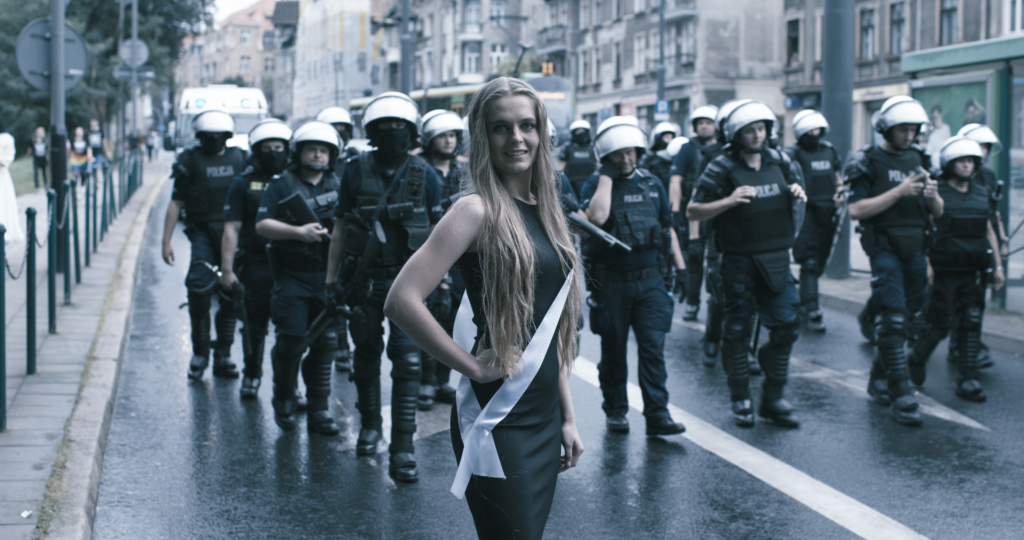
No. 33
Views are coming to an end. The competition, co-organised with Deutsche Bank Polska since 2003, has presented the most interesting attitudes on the young artistic scene. The nominees and winners of the award include the names of the most important visual artists in Poland today, and the nearly twenty-year history of Views is not only an interesting look at the history of contemporary art, but also at Polish reality. In mid-October 2021, we announced the winners of the 10th edition of the competition. They are the Archive of Public Protests, Krzysztof Maniak, Jana Shostak, Mikołaj Sobczak and Weronika Wysocka.

Nr 33
Spojrzenia dobiegają końca. Od 2003 roku współorganizowany z Deutsche Bank Polska konkurs prezentował najciekawsze postawy na młodej scenie artystycznej. Wśród nominowanych i laureatów nagrody znajdziemy nazwiska najważniejszych dziś artystów i artystek wizualnych w Polsce, a blisko dwudziestoletnia historia Spojrzeń to nie tylko interesujące spojrzenie na historię sztuki najnowszej, ale i na polską rzeczywistość. W połowie października 2021 ogłosiliśmy laureatów 10 edycji konkursu. Zostali nimi Archiwum Protestów Publicznych, Krzysztof Maniak, Jana Shostak, Mikołaj Sobczak i Weronika Wysocka.
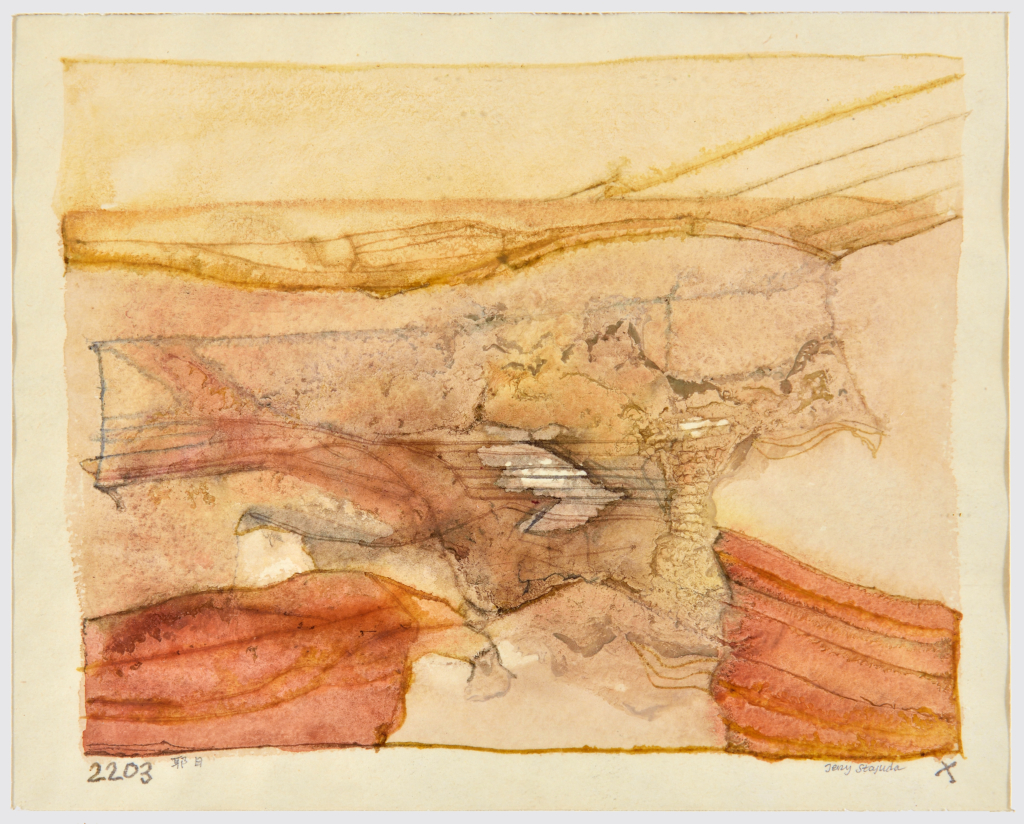
No. 32
For nearly 30 years, the Jerzy Stajuda Art Criticism Award has been an important distinction for those who write about art. After the artist’s death in 1992, the Award was established by his friends, who still form the award committee. Stajuda – painter, graphic artist, critic, music lover – was a prominent figure in Warsaw’s artistic community. Visual artists, composers, writers and actors used to meet in his flat in Wiejska Street. “He had a great personal charm, part of which was also that he was very modest, even shy. That’s why he felt more at ease when he took a shot. He was always ready to have some fun, have a nice laugh, do something offbeat” – recalls Ola Semenowicz, Jerzy Stajuda’s long-time partner, who talked to Karolina Zychowicz about the artist, their mutual relations, friendships and social life in the 1980s. This conversation opens the 32nd issue of the Zachęta Online Magazine devoted to privacy and intimacy.

Nr 32
Nagroda Krytyki Artystycznej im. Jerzego Stajudy to od blisko 30 lat ważne wyróżnienie dla osób piszących o sztuce. Po śmierci artysty w 1992 roku Nagrodę powołali jego przyjaciele, którzy do dziś tworzą jej kapitułę. Stajuda — malarz, rysownik, krytyk, miłośnik muzyki — był ważną postacią warszawskiego środowiska artystycznego. W jego mieszkaniu przy Wiejskiej spotykali się artyści sztuk wizualnych, kompozytorzy, pisarze, aktorzy. „Miał wielki czar osobisty, który polegał też na tym, że był bardzo skromny, nawet nieśmiały. Dlatego było mu łatwiej, jak wypił kieliszeczek. Interesowała go każda możliwość zabawy, miłego rozśmieszania, niebanalnego” — wspomina Ola Semenowicz, wieloletnia partnerka Jerzego Stajudy, która o artyście, wzajemnych relacjach, przyjaźniach i życiu towarzyskim w latach 80. opowiedziała Karolinie Zychowicz. Tą rozmową rozpoczynamy 32 numer Magazynu Zachęta Online poświęcony prywatności i intymności.

No. 31
In early 2021, Zachęta together with the British Council organised the first Polish competition for disabled artists, inspired by the Europe Beyond Access programme. ‘Social awareness of the problems disabled artists may face when wishing to present their portfolios, apply for grants, or pursue their work is not high. Difficulties may result from social prejudices and beliefs, communication barriers and the limited accessibility of artistic programmes’, the organisers wrote in the announcement. More than 80 artists — professional and amateur — replied to it.

Nr 31
Na początku 2021 roku Zachęta wraz z British Council zorganizowała po raz pierwszy w Polsce konkurs dla artystów z niepełnosprawnością zainspirowany programem Europe Beyond Access. „Świadomość społeczna problemów, z jakimi mogą się spotkać artyści z niepełnosprawnościami, chcąc zaprezentować swoje portfolio, ubiegać się o stypendium lub realizować swoją twórczość, nie jest duża. Trudności mogą wynikać z funkcjonujących w społeczeństwach uprzedzeń i przekonań, barier komunikacyjnych i ograniczonej dostępności programów artystycznych” – pisali w ogłoszeniu organizatorzy. Odpowiedziało na nie ponad 80 artystów – zawodowców i amatorów.
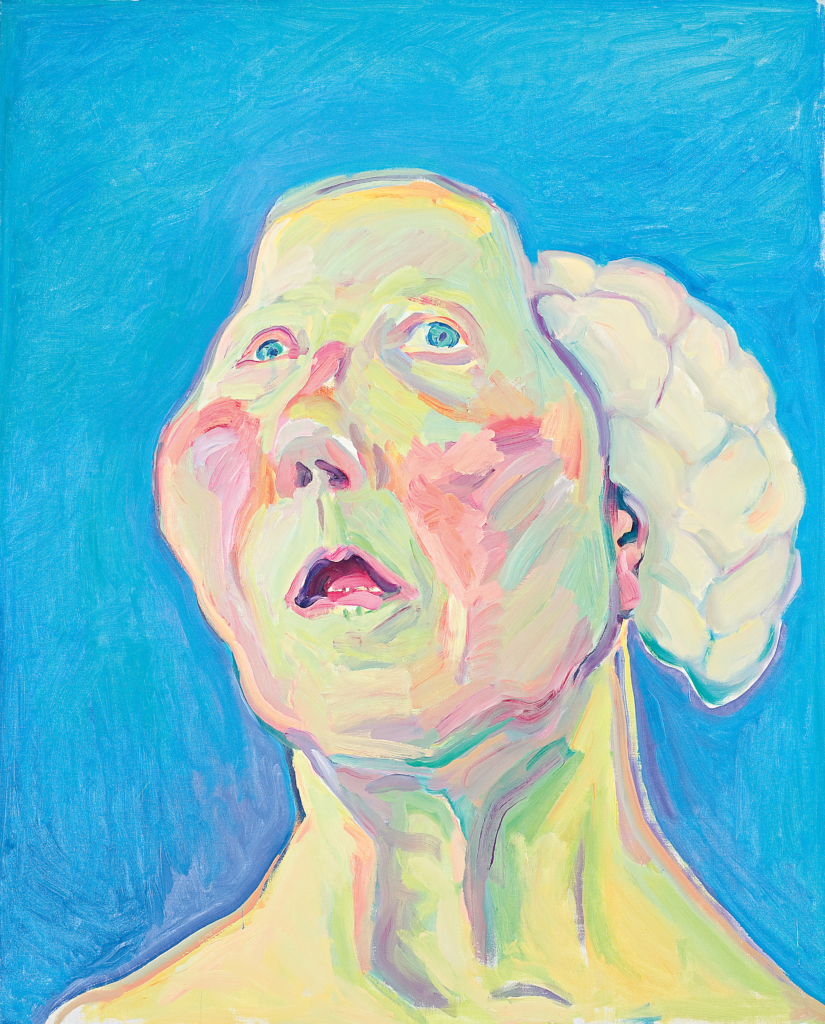
No. 30
Since 2018, Zachęta has been running summer projects under the shared title of Małachowski Square. This year’s edition combines artistic and educational activities, once again opening the space of the square to viewers, artists and activists. One of the events is the programme Living a Feminist Life, which is a continuation of Languages of Radical Sensitivity – online discussions and workshops from autumn last year. The 30th issue of Zachęta Online Magazine, published in July, was inspired by this programme and deals with issue of language and sensitivity to exclusions and otherness.

Nr 30
Od 2018 roku Zachęta prowadzi letnie projekty pod wspólnym tytułem Plac Małachowskiego. Tegoroczna edycja łączy działania artystyczne i edukacyjne, otwierając ponownie przestrzeń placu dla widzów, artystów i aktywistów. Jednym z wydarzeń jest program Żyjąc życiem feministycznym, będący kontynuacją Języków radykalnej wrażliwości — dyskusji i warsztatów online z jesieni ubiegłego roku. Lipcowy, 30 numer Magazynu Zachęta Online został zainspirowany właśnie tym programem i dotyka problematyki języka oraz wrażliwości na wykluczenia i odmienność.
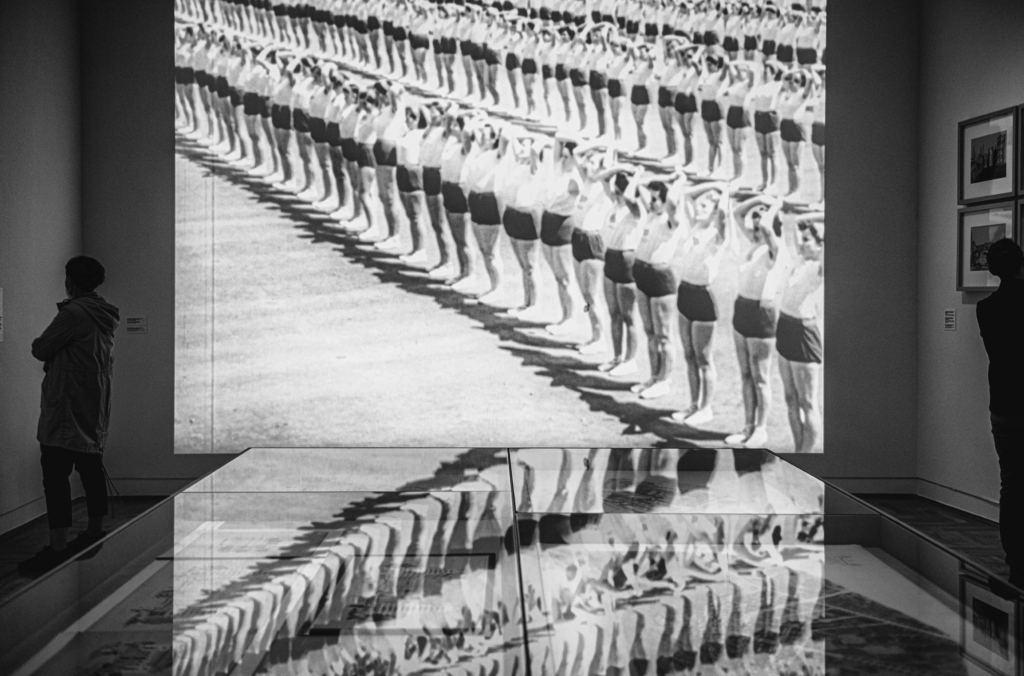
No. 29
The latest issue of the Zachęta Online Magazine is slightly different because, despite its number 29, it is the first issue of the publication’s newest incarnation. Beginning from June 2021, the magazine has its own website, where we’ll publish première issues each month (but where you’ll also find all the archival issues). We invite you to read the current issue, themed on socialist realism, which is recalled now in an international context thanks to the exhibition Cold Revolution. Central and Eastern European Societies in Times of Socialist Realism, 1948–1959.

Nr 29
Najnowsze wydanie Magazynu Zachęta Online jest nieco inne, bo choć ma numer 29, jest pierwszym w nowej odsłonie. Od czerwca 2021 roku magazyn ma swoją oddzielną stronę, na której co miesiąc będziemy prezentować premierowe wydania (ale znajdziecie tu również wszystkie archiwalne). Zapraszamy do lektury aktualnego numeru, którego tematem jest socrealizm — w międzynarodowym kontekście przypomniany teraz dzięki wystawie Zimna rewolucja. Społeczeństwa Europy Środkowo-Wschodniej wobec socrealizmu, 1948–1959.
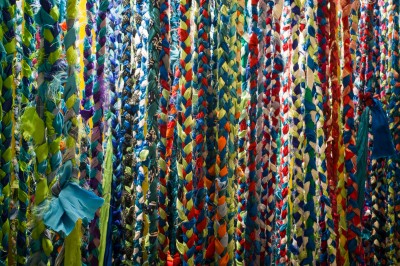
Nr 28
W 28 numerze magazynu online pozostajemy w klimatach edukacyjnych, choć bardziej ekologiczno-aktywistycznych. Na początek – wracamy do wystawy Co dwie sztuki to nie jedna i pracy Warkocze Białki Cecylii Malik. Jak na pytanie „Kim jest twoja mama?” odpowiedziała córka artystki, Urszula? „Moja mama jest artystką i aktywistką. Robi mnóstwo rzeczy, maluje obrazy, kręci filmy, broni zabytkowych budynków. Współpracuje z wieloma ekologami i razem z nimi walczy np. z regulacją rzek, zabudową/niesprawiedliwym podziałem Zakrzówka (krakowski zalew w kamieniołomie, w którym wszyscy kąpiemy się latem) czy wycinką drzew.
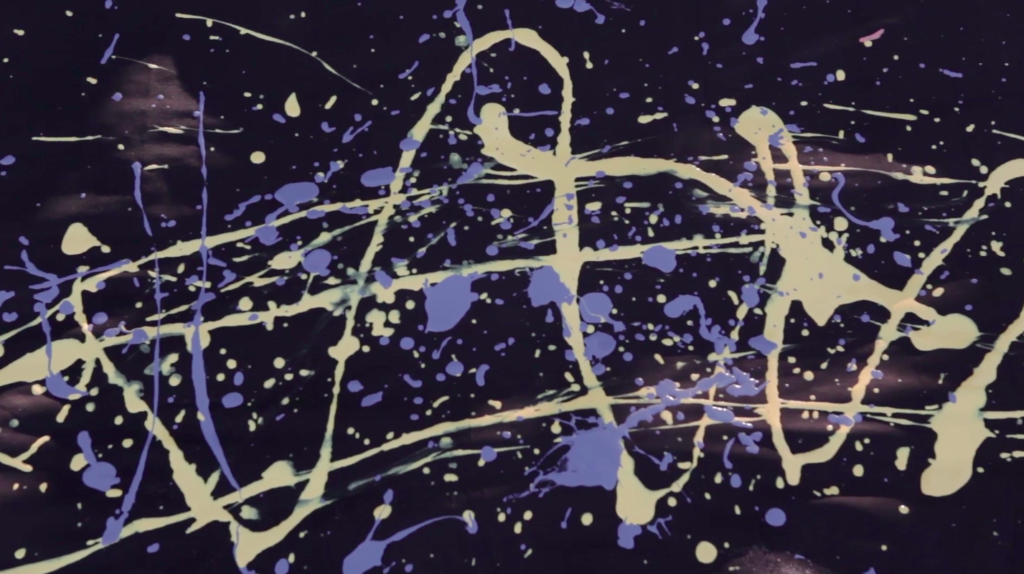
No. 27
We do not know when we will be able to invite you to live exhibitions … but behind the closed doors of Zachęta the work is in full swing. Our educators, this time as curators, are preparing the next installment of Living Storages. Didactic Show is a game of didactic threads present in the works from our collection. This selection could not be complete without the series A – Z (Educational Cabinets) by Andrzej Tobis.

No. 27
We do not know when we will be able to invite you to live exhibitions … but behind the closed doors of Zachęta the work is in full swing. Our educators, this time as curators, are preparing the next installment of Living Storages. Didactic Show is a game of didactic threads present in the works from our collection. This selection could not be complete without the series A – Z (Educational Cabinets) by Andrzej Tobis.
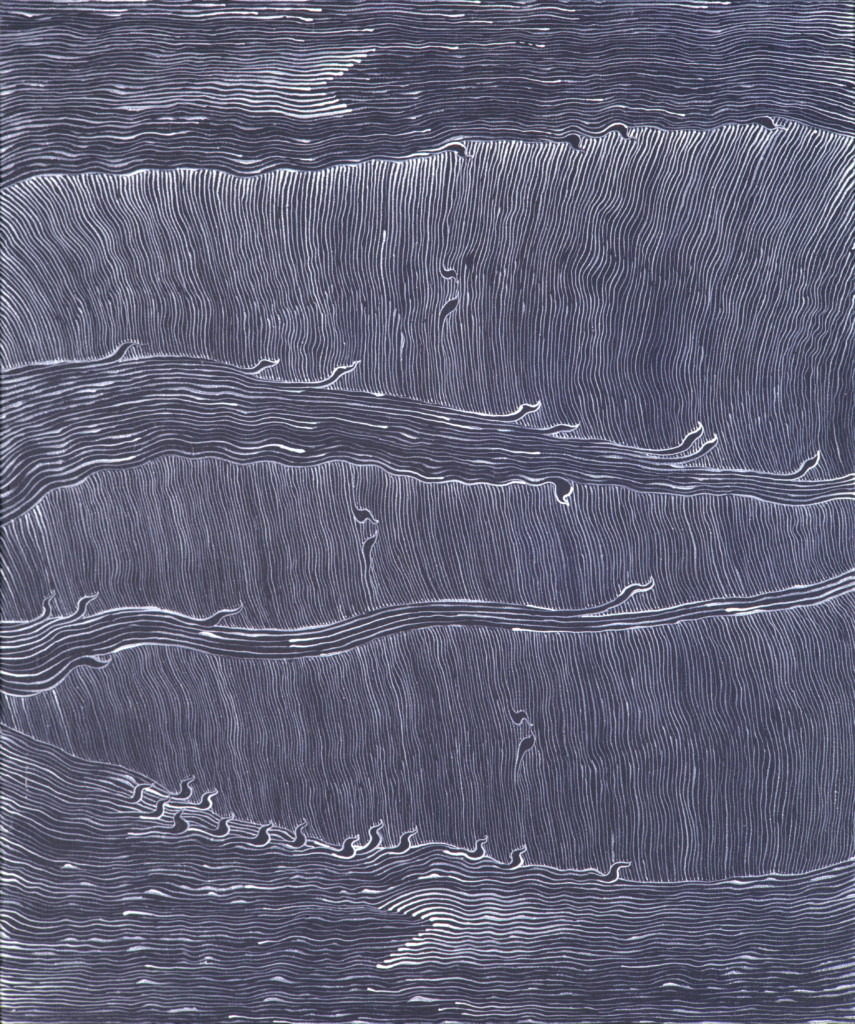
No. 23
The latest edition of our online magazine has been inspired by Joanna Rajkowska’s exhibition at the Zachęta. We recommend reading the two texts accompanying the event. The first was written by the American poet, artist and playwright Robert Yerachmiel Sniderman, who tackled the subject of Rhizopolis by taking the perspective of a resident of the underground city.
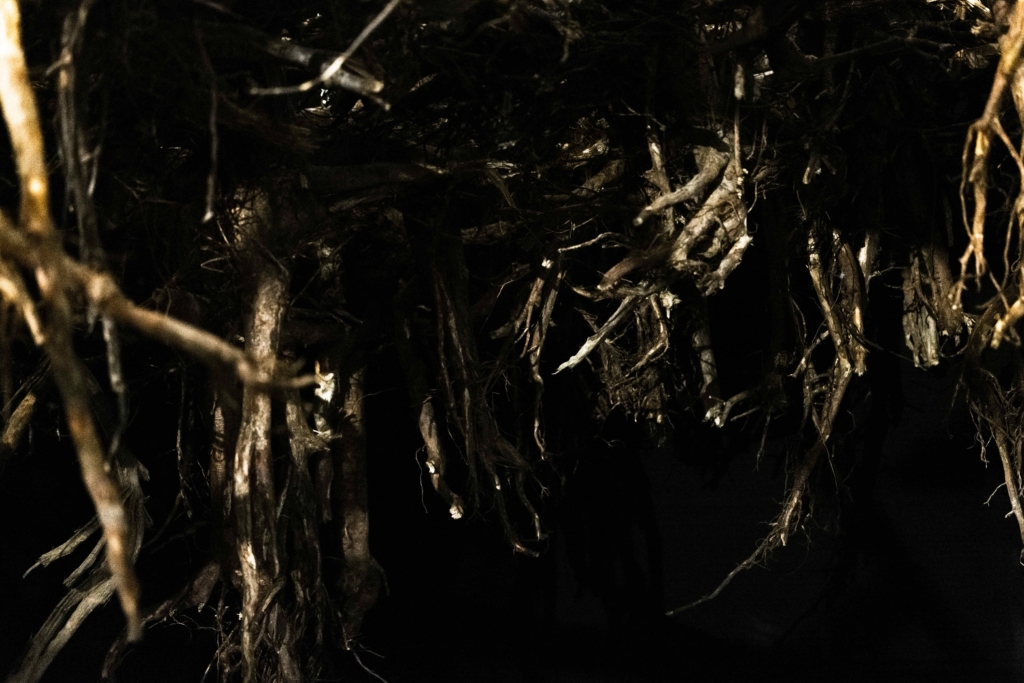
No.22
No. 22 of our online magazine brings materials – textual, visual and audiovisual – related to our current exhibitions. We begin with Joanna Rajkowska’s exceptional project Rhizopolis. The installation takes us on a tour to a suburban city of roots, which – according to the story of the futuristic film made by the artist – gives shelter to a handful of survivors. The tree roots build a new homestead, but also ensure survival. The incredible space of Rhizopolis must be experienced with all one’s senses. Equally important though is the idea behind the project whose heroes are… trees. And this is trees, their life-giving power and the risk that we expose them (and ourselves) to that Rajkowska talks about with Urszula Zajączkowska, a botanist and poet.
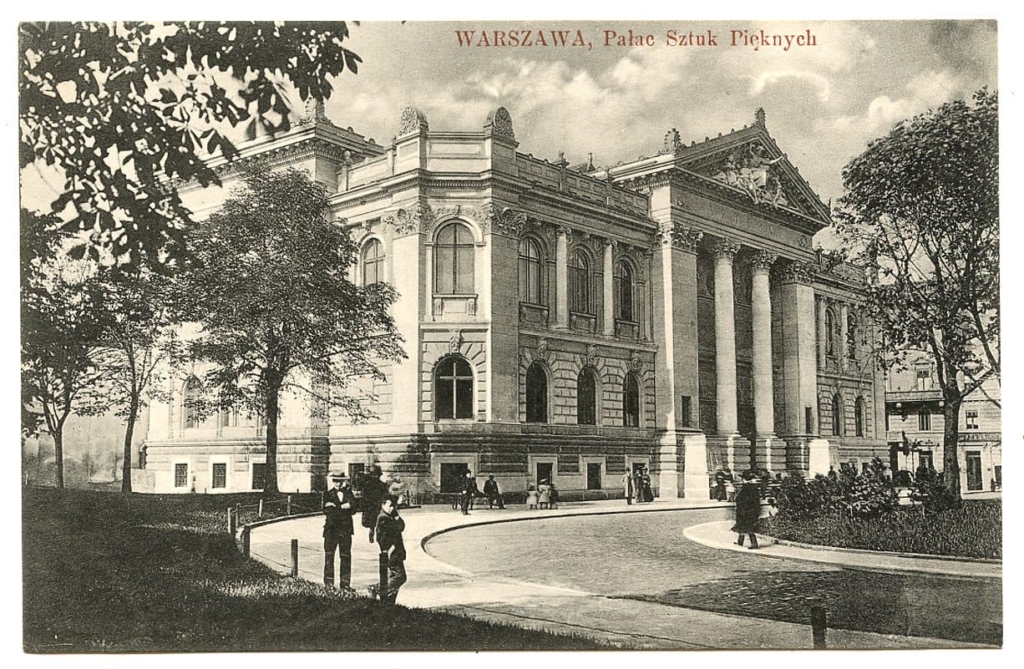
No. 19
Zachęta is Warsaw’s oldest art gallery. Its history began back in 1860, when the Society for the Encouragement of Fine Arts (TZSP) was established. In 1900, the building at 3 Małachowskiego Square (then Evangelical Square) was erected. After the war, it was nationalized, first as the seat of the Zachęta Central Bureau of Art Exhibitions (CBWA), after 1989 as the Zachęta State Art Gallery and, finally, as Zachęta – the National Art Gallery. The TZSP was reactivated in the 1990s, an association supporting the gallery today, but also an heir to the values represented by the historical Society. This is the story of Zachęta in a nutshell. The date 13 December marks 160 years from this founding moment. That’s why, the latest issue of our online magazine tells the story of Zachęta – both historical and contemporary – as seen through the prism of the people who have created this place.
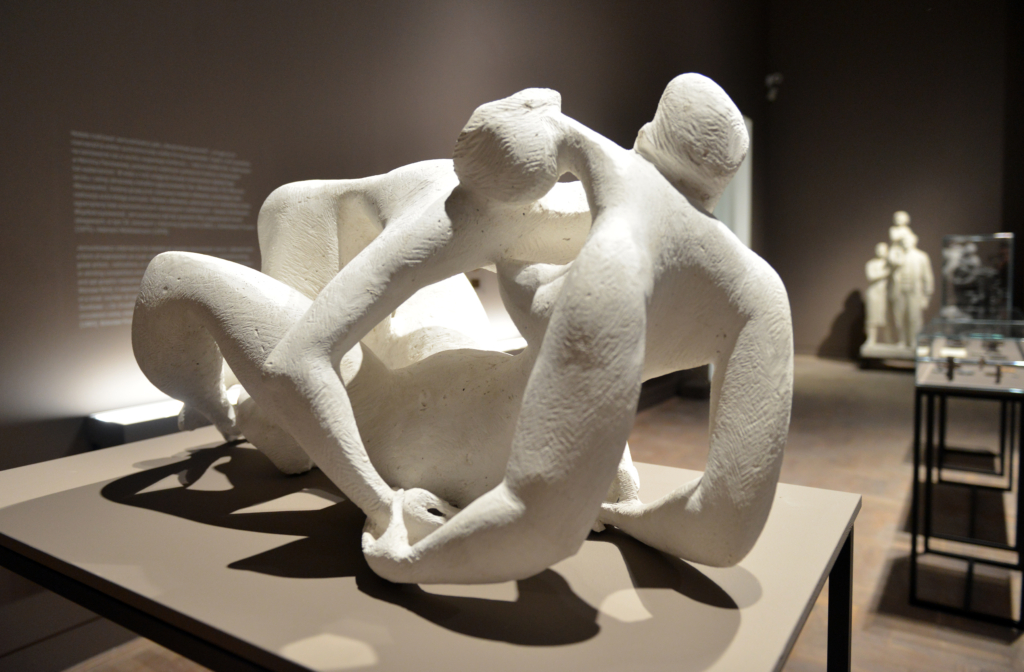
No. 18
This edition of our magazine was supposed to focus on the new exhibition that we originally planned to open this coming Friday, or on 27 November. Sculpture in Search of a Place is a cross-sectional narrative about the Polish sculpture in the 20th and 21st centuries in the original arrangement by Anna Maria Leśniewska – an expert in the field and curator of Barbara Zbrożyna’s and Magdalena Więcek’s exhibitions at the Zachęta – showing the growing cross-media character of this traditional field of art. Although we will need to wait a while for the premiere of the exhibition, in the 18th edition of our Magazine we will air our archives to look for texts about sculpture and sculptors.
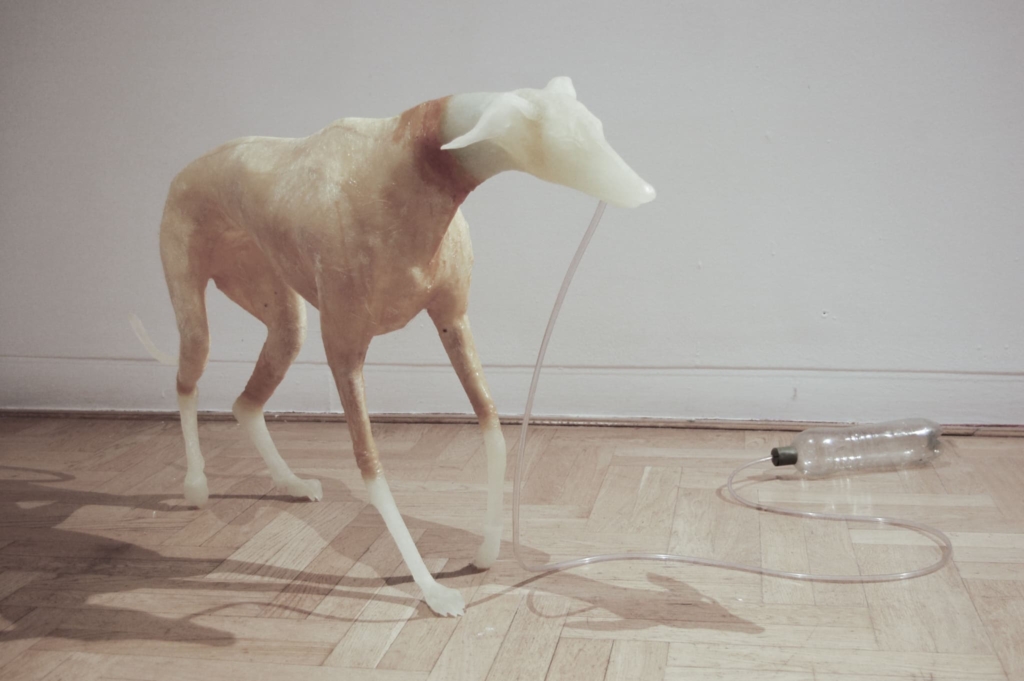
No. 16
“Every day, for the past two months, I’ve been coming up to these photos. And then I quickly move away. I need some air. It’s hard to breathe around them. Just like in an old house of even older people that nobody cleans any more. These prints smell of disease, drugs, steel, zoos, and hay full of manure on a hot, stuffy day” – Mira Marcinów writes about a series of photos by Joanna Piotrowska documenting animal cages and enclosures. Her essay Cage and Play opens the sixteenth issue of the Zachęta Online Magazine, devoted not only to animal themes.
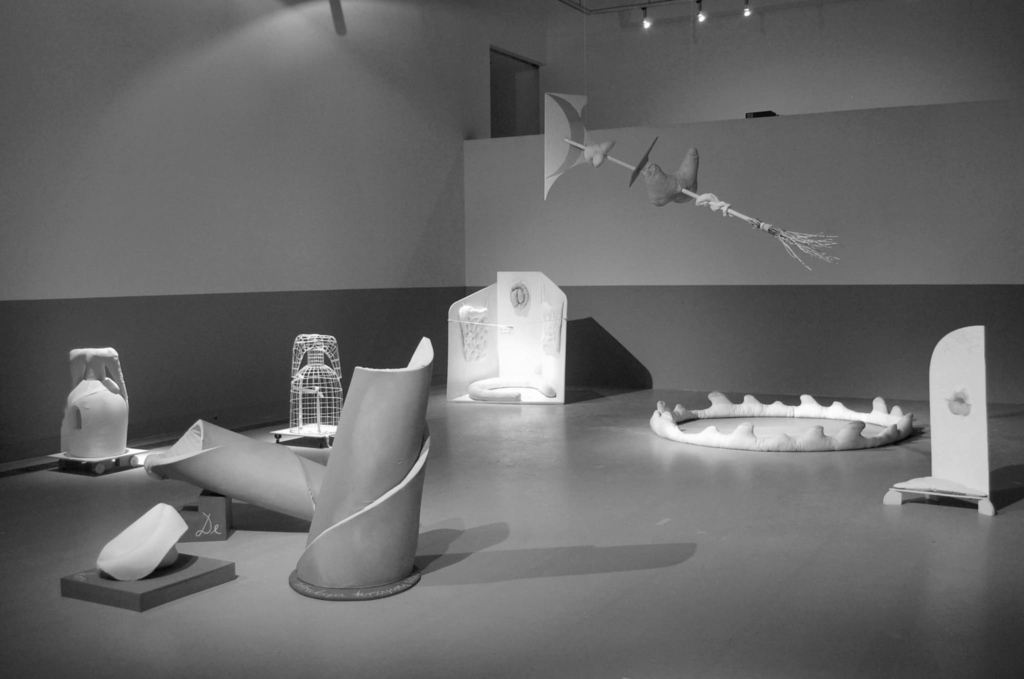
No.15
Joanna Piotrowska is a visual artist and photographer living and working in London. Her individual exhibition – Frowst – can be seen at the Zachęta from 18 September. On our website, you can also read the 15th issue of the Zachęta Online Magazine, which opens with an interview with the artist. “The subject of touch is present in many of my works. First in the Frowst series, in the context of intimate family relationships. It is also present in the video showing hands in a therapeutic gesture. Next, in subsequent works, in the act of physical conflict, or self-defence. What matters to me is to create such connections and segue from animal to person, from person to house, from house to cage, from cage to shelter, safety, intimacy, and touch. I keep walking between these points of reference, trying to examine the relationship between them” – Piotrowska told Magdalena Komornicka in March. In turn, in the text Disease without a patient by philosopher Joanna Bednarek, you can read about the relationships of power in Piotrowska’s works.
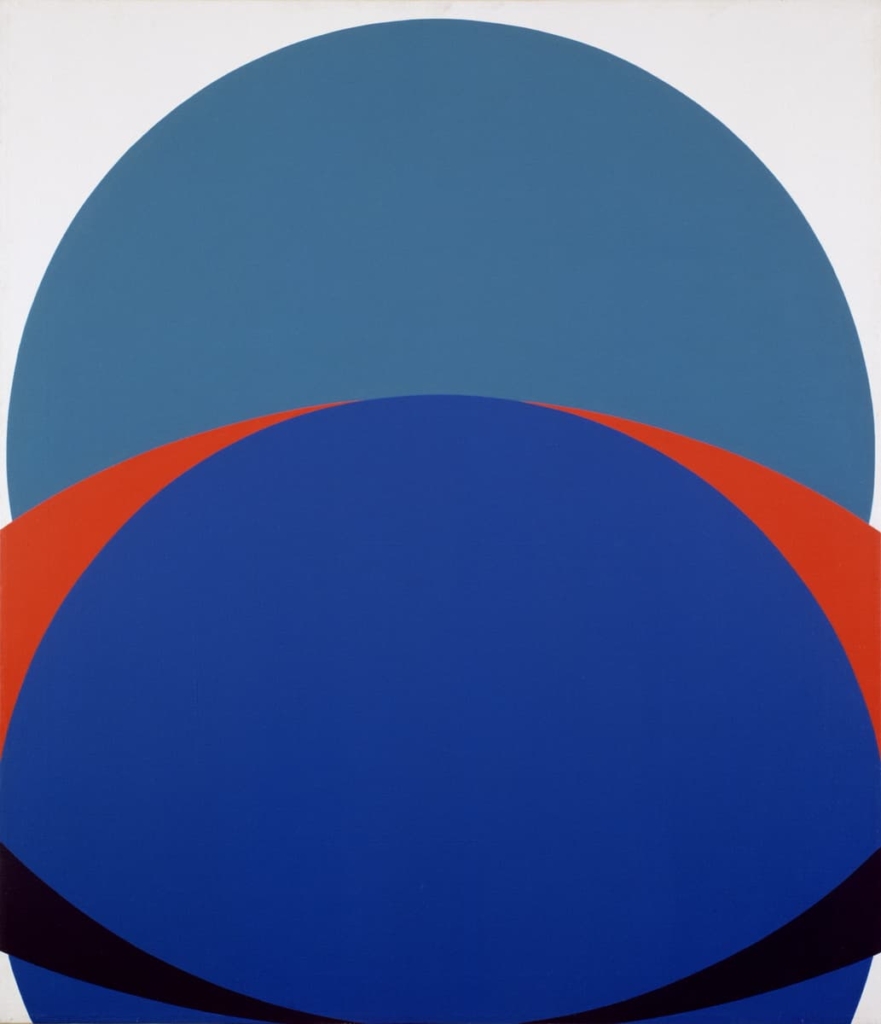
No. 14
We talked about the Zachęta’s collection already in the eighth issue of our online magazine. In the latest, fourteenth issue, we revisit the subject of collecting, although this time not only with an eye on our collection. We were prompted by the major renovation of the Zachęta’s art storerooms. This is a real opportunity for anyone who would like to take a look “behind the scenes” of our gallery – for the next year, the works from the collection will be stored in the lower exhibition halls, where a specially arranged temporary storeroom will be created. At the same time, in the Small Salon, we will present the Zachęta’s collection curated by Michał Jachuła. You will be able to see the first exhibition titled Live storerooms: Artibus already from the beginning of October. And now let us walk you through different versions of a number of collections that have been displayed at the Zachęta.
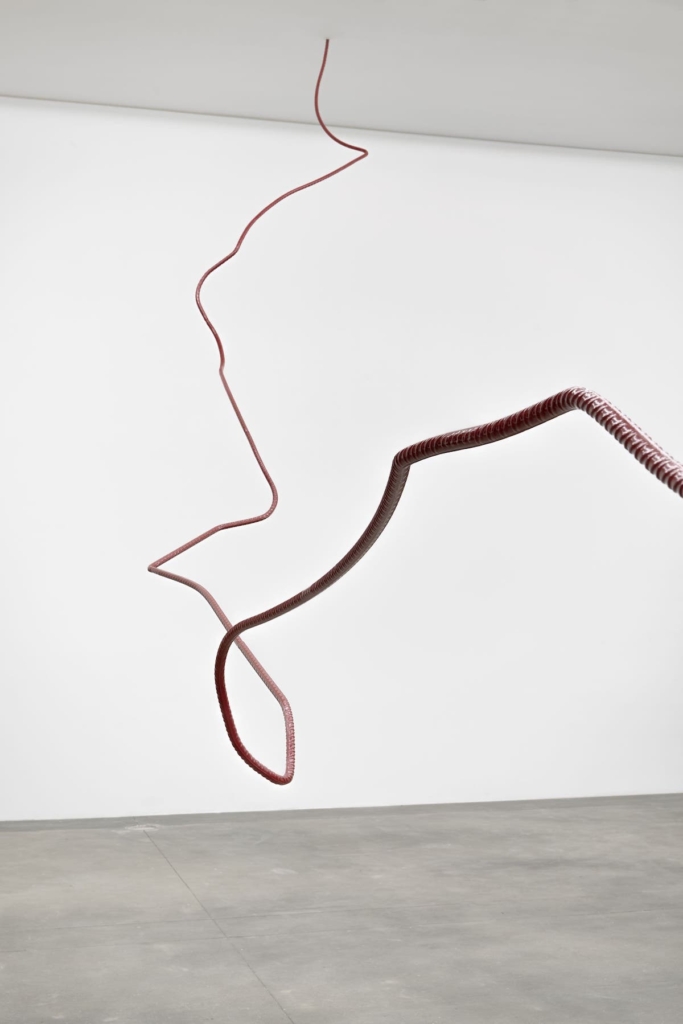
No. 12
Monika Sosnowska – one of the most outstanding Polish contemporary sculptors – has prepared her latest exhibition especially for the Zachęta. We are opening this exhibition today, in the ‘new normality’, without a vernissage, but we are going to celebrate the event all day long. We invite you to visit the Zachęta from 12 p.m. to 8 p.m. Admission to Sosnowska’s exhibition is free; you only need to collect a free ticket at the gallery’s ticket office.
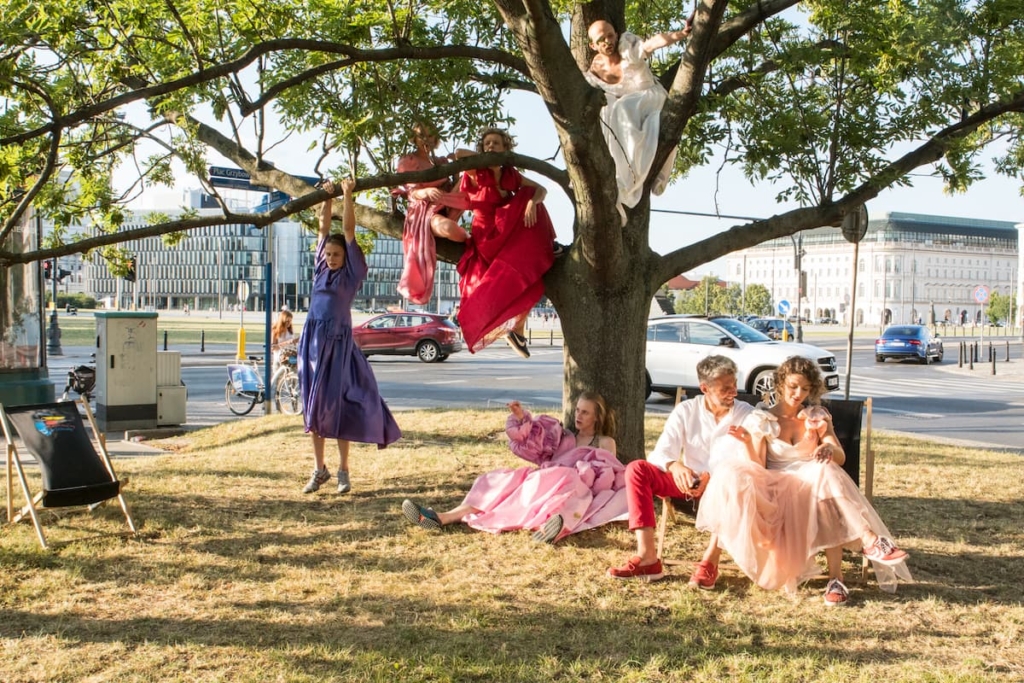
No. 11
Since 2018, summer at the Zachęta has not been only associated with exhibitions, meetings or workshops, but also with Małachowski Square, which has become a natural extension of our gallery’s space. For two years, the square has remained a car-free zone, friendly to the gallery’s visitors and passers-by. This summer we will also mark our presence in this place, even though we have had to modify many of our plans. Invariably, you can count on watching Marek Sobczyk’s Simple Rainbow again there.
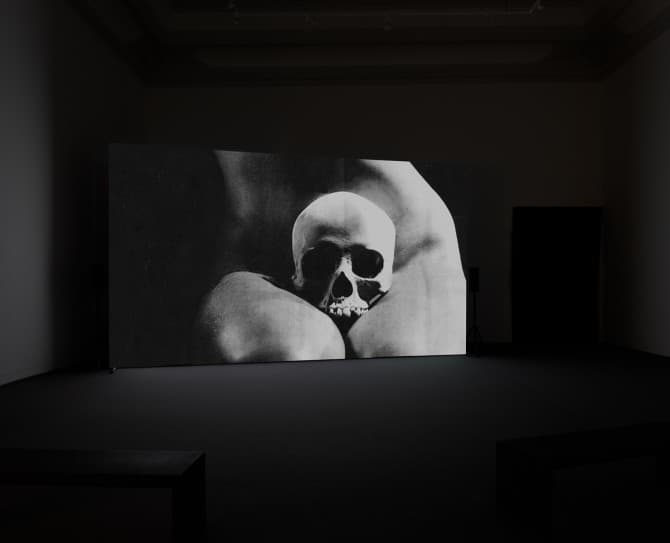
No. 9
“If we do not now dare everything, the fulfilment of that prophecy, re-created from the Bible in song by a slave, is upon us: God gave Noah the rainbow sign. No more water, the fire next time!” – James Baldwin wrote in 1962. This quote became an inspiration for Maria Brewińska, who prepared the exhibition Alienations or The Fire Next Time at the Zachęta in 2019. Seven films by seven outstanding international artists showed the face of modern alienation: from social through racial to ecological issues. This spring, the second edition of the exhibition was scheduled to open at the Silesian Museum in Katowice. Unfortunately, the plans have changed, but Alienation remains acutely topical today. In the ninth issue of the Zachęta Online Magazine we recall, among others, this exhibition.
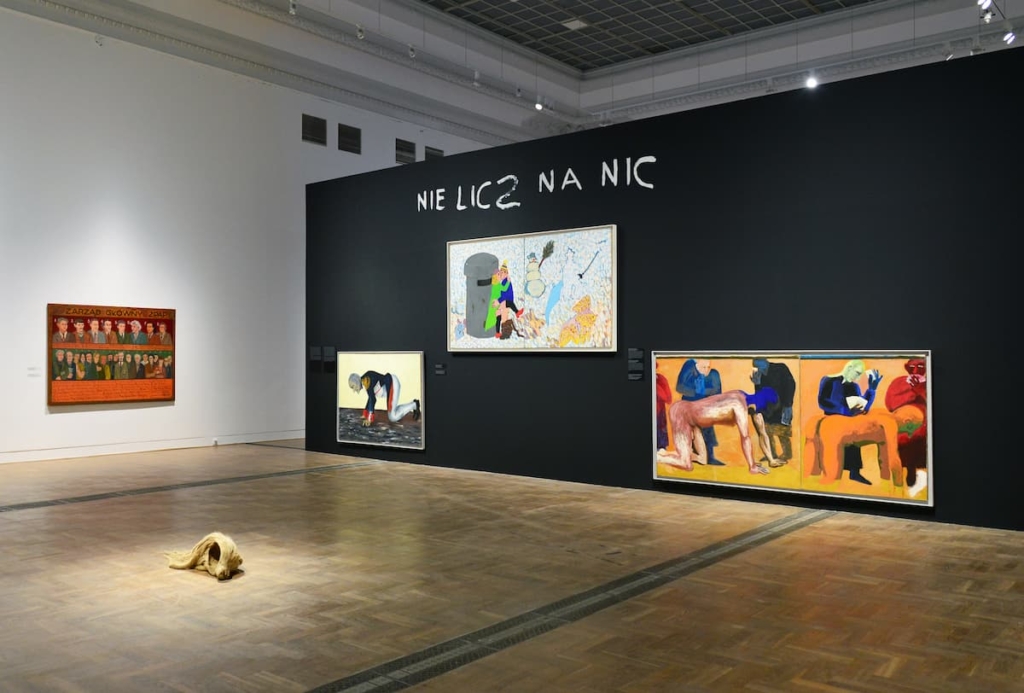
No. 8
Only until this Sunday you can see the exhibition Videotapes. Early video art (1965–1976) at the Zachęta. We invite you to visit to our gallery and enjoy this unique exhibition, and while you are at home, we recommend the latest issue of the Zachęta On-line Magazine dedicated to our collection and collecting.
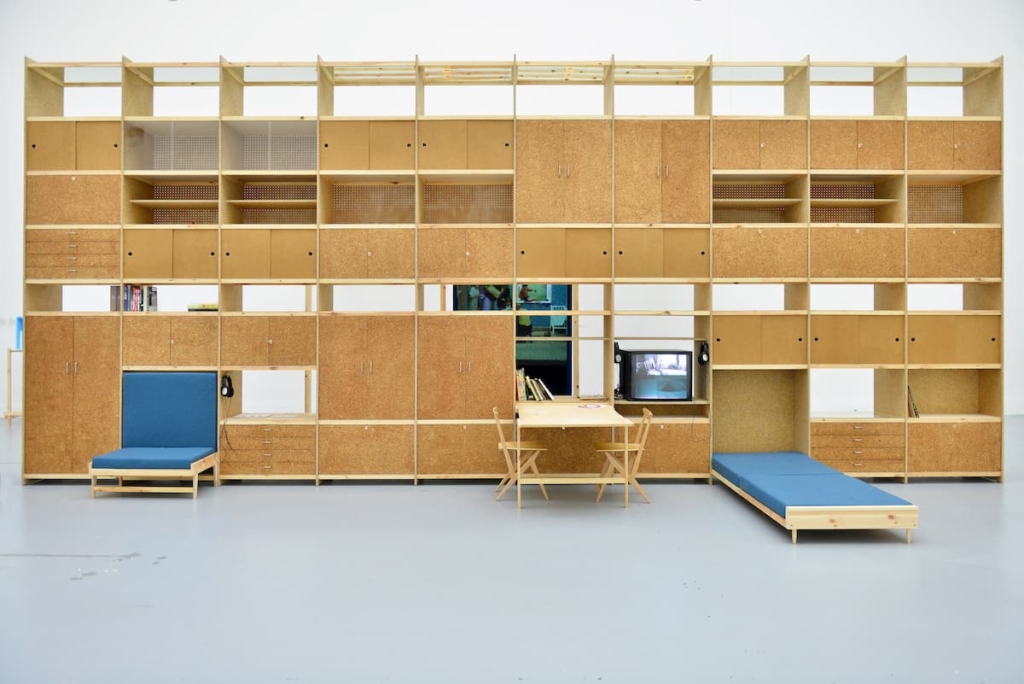
No. 7
In the non-pandemic reality, the 17th Venice Architecture Biennale would have already been taking place, featuring the exhibition Trouble in Paradise at the Polish Pavilion. Despite the original plans to postpone the opening from May to August, the organizers have decided that the International Architecture Exhibition – La Biennale di Venezia will take place in 2021. So waiting for the next biennale, we devote the latest edition of the Zachęta On-line Magazine to architecture – not only at the Polish Pavilion, but also at the Zachęta.
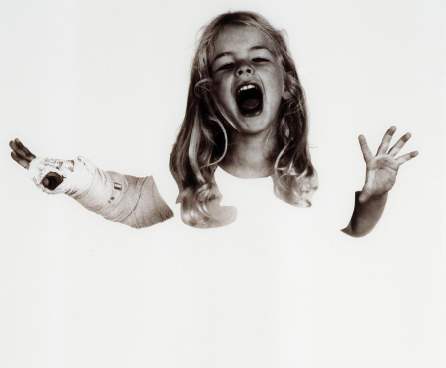
No. 6
Dear Readers, we’re back at the Zachęta and the Zachęta Project Room! Observing new rules, with visors, masks and gloves on, but already in our building, open to the public. Whew! Since 13 May, we’ve been gradually opening our exhibitions: Videotapes, Ahmed Cherkaoui in Warsaw, The Flying Lesson and Being Paul Cézanne at the ZPR. At the same time we have been constantly present on-line, as we haven’t been able to meet you at the gallery for discussions, guided tours or workshops. So we keep working both in the real and virtual world, getting used to this two-track reality, which will probably here to stay a little while longer. Also this message will have a dual form, as I’m writing it both as an employee of our Education Department and editor of Zachęta On-line Magazine.
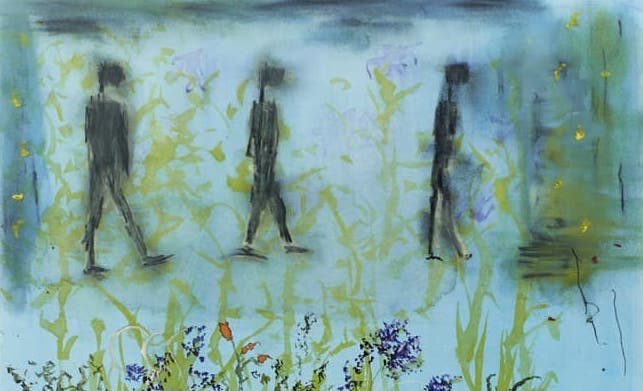
No. 5
“If I had not played music, it would have taken me longer to get to the core of what I am doing in painting. A way of discerning what is real in the work. It can also give one the ability to be more daring. . . . Not to be afraid to have a sense of play and to approach a painting with a kind of controlled abandon,” said John Lurie in 2015. The exhibition of paintings by the famous American musician, also known in Poland thanks to Jim Jarmusch’s movies, was prepared at the Zachęta by Stanisław Welbel and Karolina Sulich. You can read about the artist’s journey from creating music to painting in the interview that the curators conducted with him, which opens the latest edition of our on-line magazine.
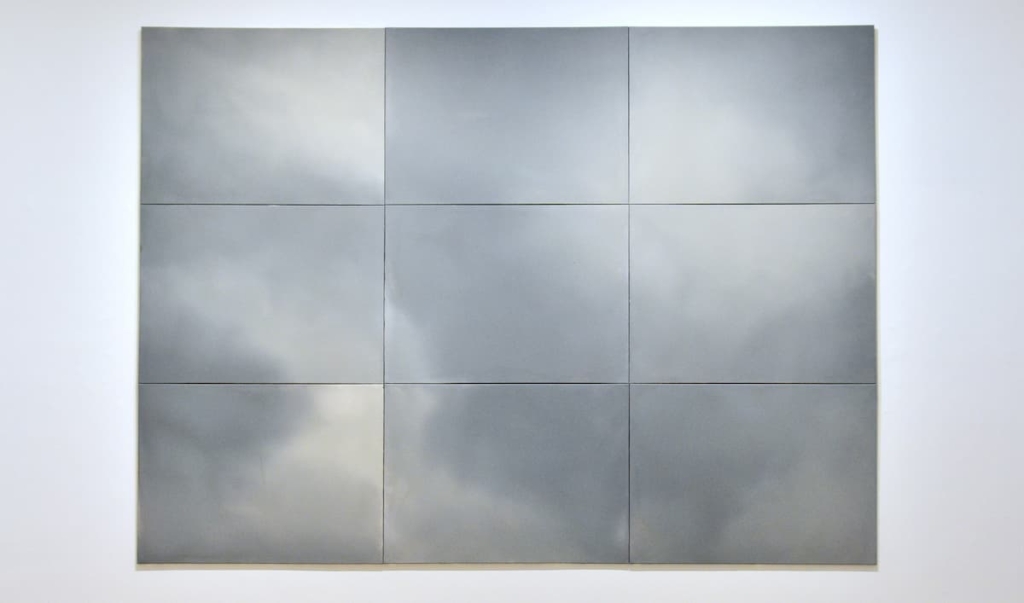
No. 4
“Did you feel mature before the age of Christ, or after?” – Maria Brewińska asks Rafał Bujnowski in an interview. “Naturally after. That’s probably related to mental stabilization. I wouldn’t be able to single out one breakthrough event, just like in a film: something happens and suddenly everything looks differently. It’s a process, more gradual than an explosive or dramatic turn of events.” In the fourth issue of our Magazine, built around the theme of “time”, we revisit the artist’s individual exhibition in 2016, titled 2066.
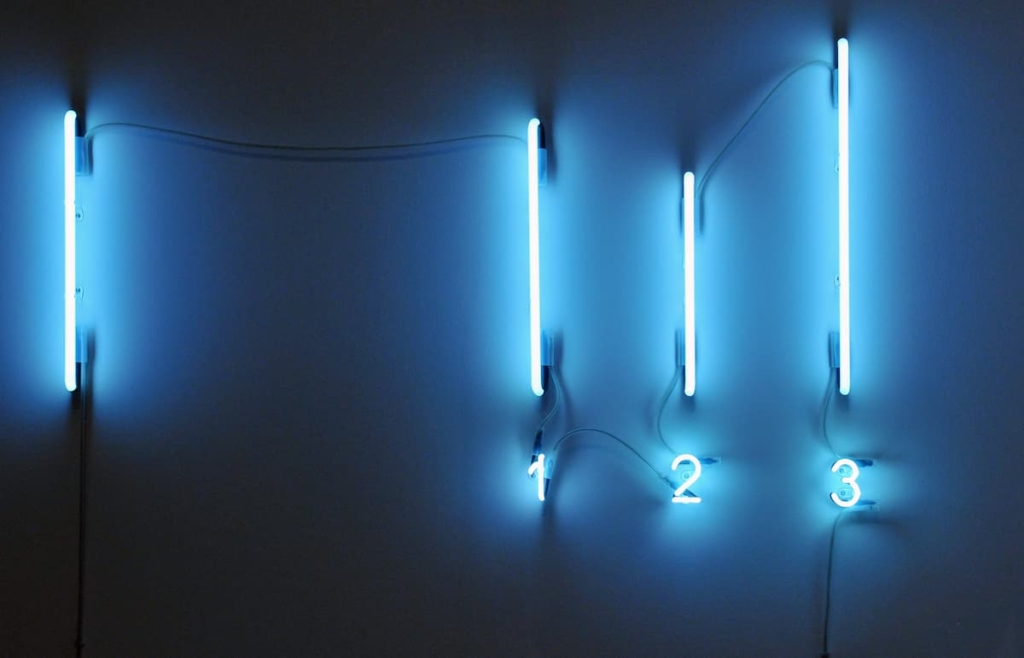
No. 3
”From my experience I know what it means to be an immigrant or a refugee. […] I have no relatives in Saint Petersburg any more. I hate the question: Are you going back home for Christmas? Because where’s that home?” – Anna Ermolaeva observed in 2015. An interview with the artist, a Russian dissident living in Vienna since 1989, became the starting point for the third issue of the Zachęta On-line Magazine devoted to various forms of travel.

No. 3
”From my experience I know what it means to be an immigrant or a refugee. […] I have no relatives in Saint Petersburg any more. I hate the question: Are you going back home for Christmas? Because where’s that home?” – Anna Ermolaeva observed in 2015. An interview with the artist, a Russian dissident living in Vienna since 1989, became the starting point for the third issue of the Zachęta On-line Magazine devoted to various forms of travel.
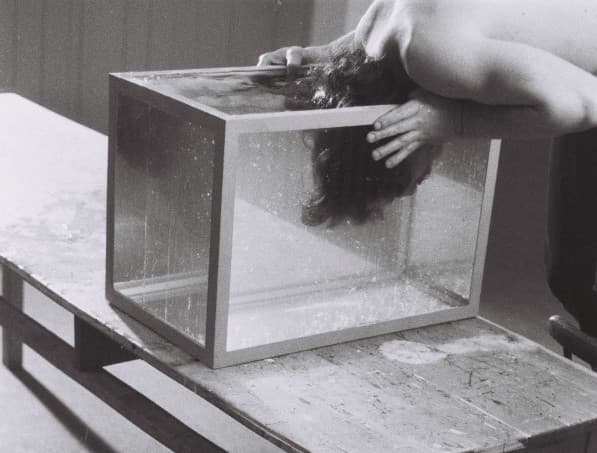
No. 2
The starting point for the second issue of Zachęta Online Magazine is a conversation with Zbigniew Warpechowski – the precursor of performance art in Poland, author of installations, painter, poet, and philosopher. It was conducted in 2014 by Dominik Kuryłek (co-curator of the exhibition together with Joanna Kordjak) on the occasion of the artist’s retrospective “It”. Warpechowski debuted as a performer in 1967, while The Dialogue with a Fish (in the Zachęta collection) remains one of his most famous performances.

No. 2
The starting point for the second issue of Zachęta Online Magazine is a conversation with Zbigniew Warpechowski – the precursor of performance art in Poland, author of installations, painter, poet, and philosopher. It was conducted in 2014 by Dominik Kuryłek (co-curator of the exhibition together with Joanna Kordjak) on the occasion of the artist’s retrospective “It”. Warpechowski debuted as a performer in 1967, while The Dialogue with a Fish (in the Zachęta collection) remains one of his most famous performances.
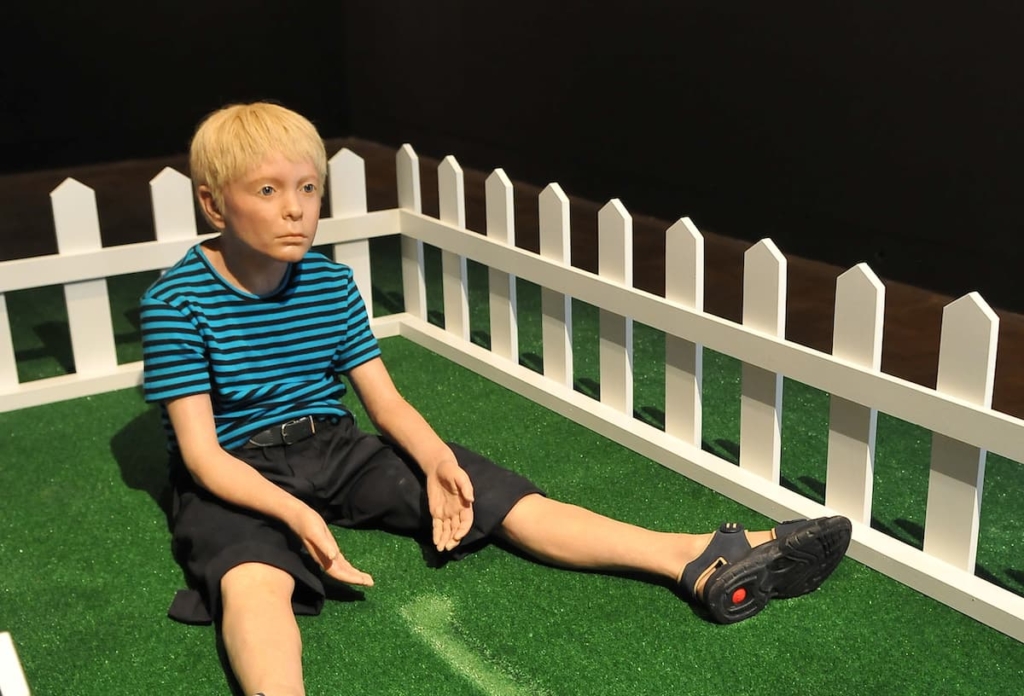
No. 1
June 2013 saw the first issue of Zachęta Magazine – a periodical devoted to the gallery’s current exhibitions and activities. Today, when we are all facing the new experience of social distancing and we can’t meet our visitors at exhibitions and events, we would like to take you on a journey through the Zachęta’s history – both near and more distant. Zachęta On-line Magazine, whose premiere issue we are just launching will feature regular presentations of our resources – texts, exhibitions, works form our collection, documentary materials, and publications.

No. 1
June 2013 saw the first issue of Zachęta Magazine – a periodical devoted to the gallery’s current exhibitions and activities. Today, when we are all facing the new experience of social distancing and we can’t meet our visitors at exhibitions and events, we would like to take you on a journey through the Zachęta’s history – both near and more distant. Zachęta On-line Magazine, whose premiere issue we are just launching will feature regular presentations of our resources – texts, exhibitions, works form our collection, documentary materials, and publications.
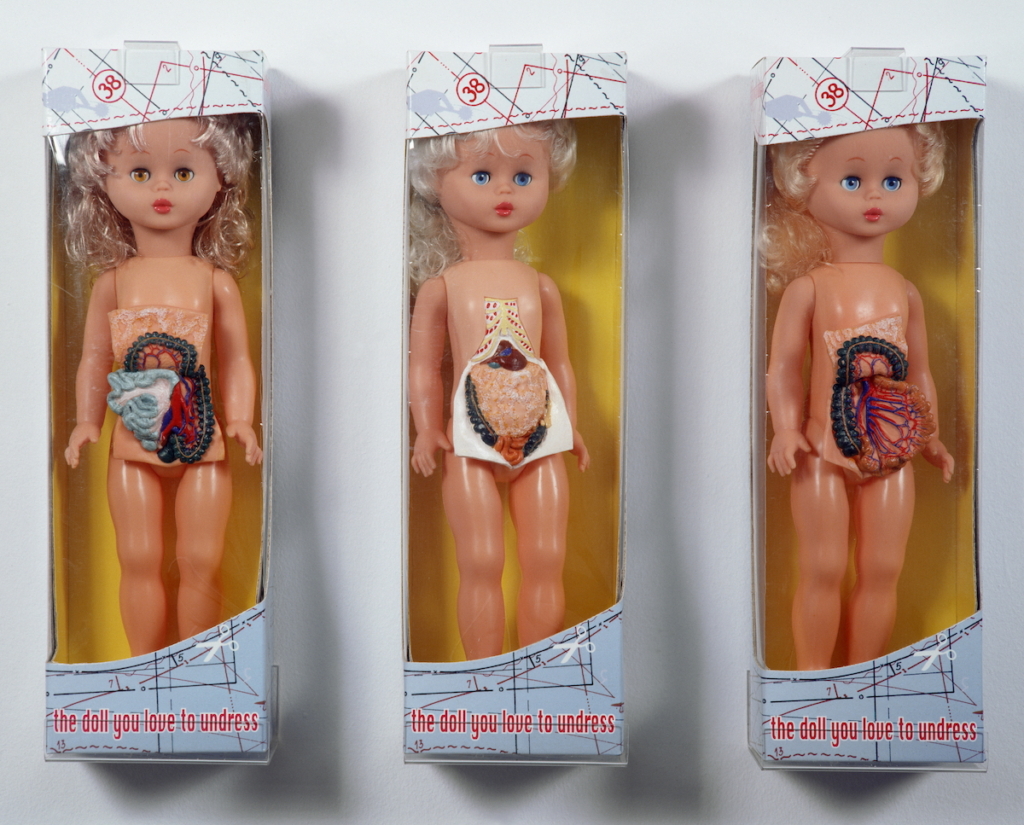
Nr 24
W Zachęcie trwa wystawa Rzeźba w poszukiwaniu miejsca. Na naszej stronie znajdziecie towarzyszącą jej publikację pod redakcją Anny Marii Leśniewskiej, a w niej kilkadziesiąt tekstów artystów, których prace pokazywane są na ekspozycji. W Magazynie Zachęta Online nr 24 wracamy do tematu rzeźby. I zaczynamy esejem Zbigniewa Libery z ww. książki zatytułowanym „Lego. Obóz koncentracyjny” (1996) a problematyka rzeźby w Polsce. Artysta z osobistej perspektywy opowiada o historii polskiej rzeźby — począwszy od Xawerego Dunikowskiego i jego uczniów, aż po własne doświadczenia związane ze sztuką przestrzeni.
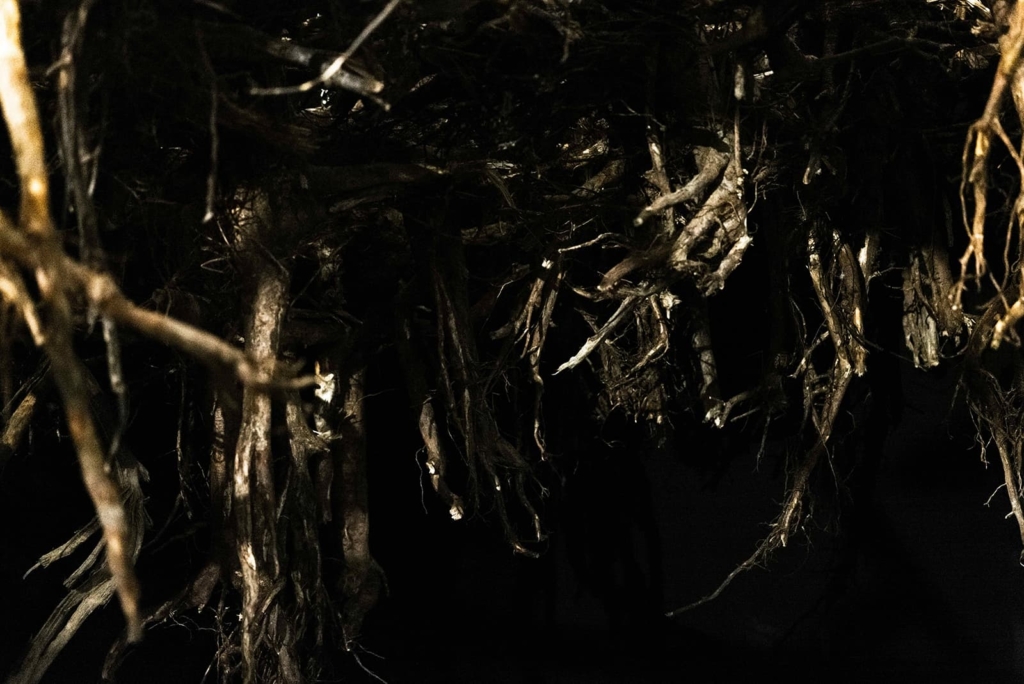
Nr 23
Najnowszy numer magazynu online zainspirowany został prezentowaną w Zachęcie wystawą Joanny Rajkowskiej. Polecamy lekturę dwóch tekstów jej towarzyszących. Autor pierwszego z nich, amerykański poeta, artysta i dramaturg Robert Yerachmiel Sniderman zmierzył się z tematem Rhizopolis, przyjmując optykę mieszkańca podziemnego miasta.
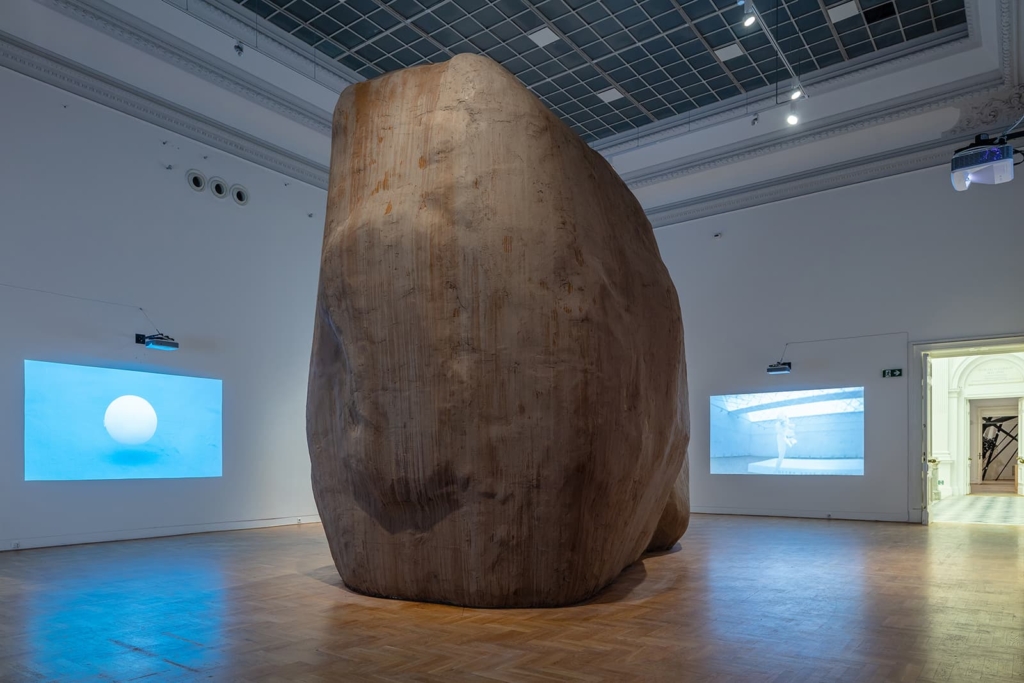
Nr 22
W 22 numerze magazynu online przedstawiamy materiały – tekstowe, wizualne i audiowizualne – związane z naszymi aktualnymi wystawami. Zaczynamy od niezwykłego projektu Joanny Rajkowskiej Rhizopolis. Instalacja przenosi nas do podziemnego miasta korzeni, gdzie – w nakreślonym przez artystkę scenariuszu futurystycznego filmu – garstka ocaleńców znajduje schronienie po katastrofie. Korzenie drzew budują nowe siedlisko, ale też zapewniają przetrwanie. Niesamowitej przestrzeni Rhizopolis trzeba doświadczyć wszystkimi zmysłami. Jednak równie ważna jest idea stojąca za projektem, którego bohaterami są… drzewa. I właśnie o drzewach oraz ich życiodajnej sile i zagrożeniu, na które je (i siebie) narażamy, Rajkowska rozmawiała z Urszulą Zajączkowską – botaniczką i poetką.
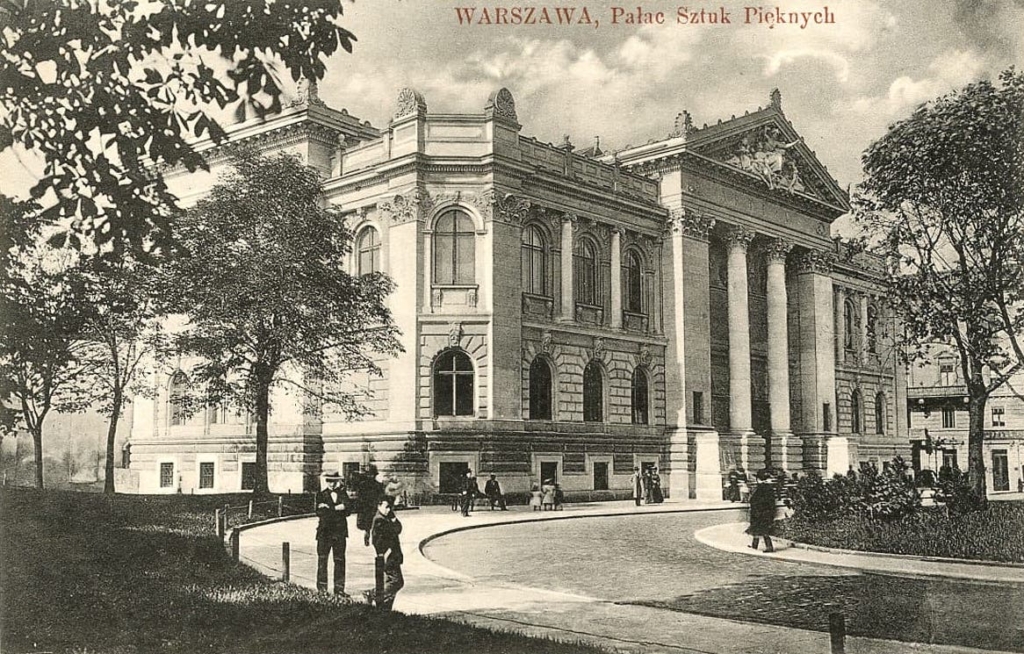
Nr 19
Zachęta jest najstarszą galerią sztuki w Warszawie. Jej historia zaczęła się w roku 1860, gdy zostało powołane Towarzystwo Zachęty Sztuk Pięknych. W 1900 roku powstał budynek na placu Małachowskiego 3. Po wojnie znacjonalizowany, był siedzibą Centralnego Biura Wystaw Artystycznych „Zachęta”, a po 1989 — Państwowej Galerii Sztuki Zachęta i, w końcu, Zachęty — Narodowej Galerii Sztuki. W latach 90. reaktywowano także działalność TZSP, dziś będącego stowarzyszeniem wspierającym galerię, ale i spadkobiercą wartości reprezentowanych przez historyczne Towarzystwo. Tak w telegraficznym skrócie wygląda historia Zachęty. 13 grudnia mija 160 lat od tego założycielskiego momentu. Najnowszy numer magazynu online opowiada zatem o Zachęcie — historycznej i współczesnej, widzianej przez pryzmat ludzi, którzy tworzyli i tworzą to miejsce.
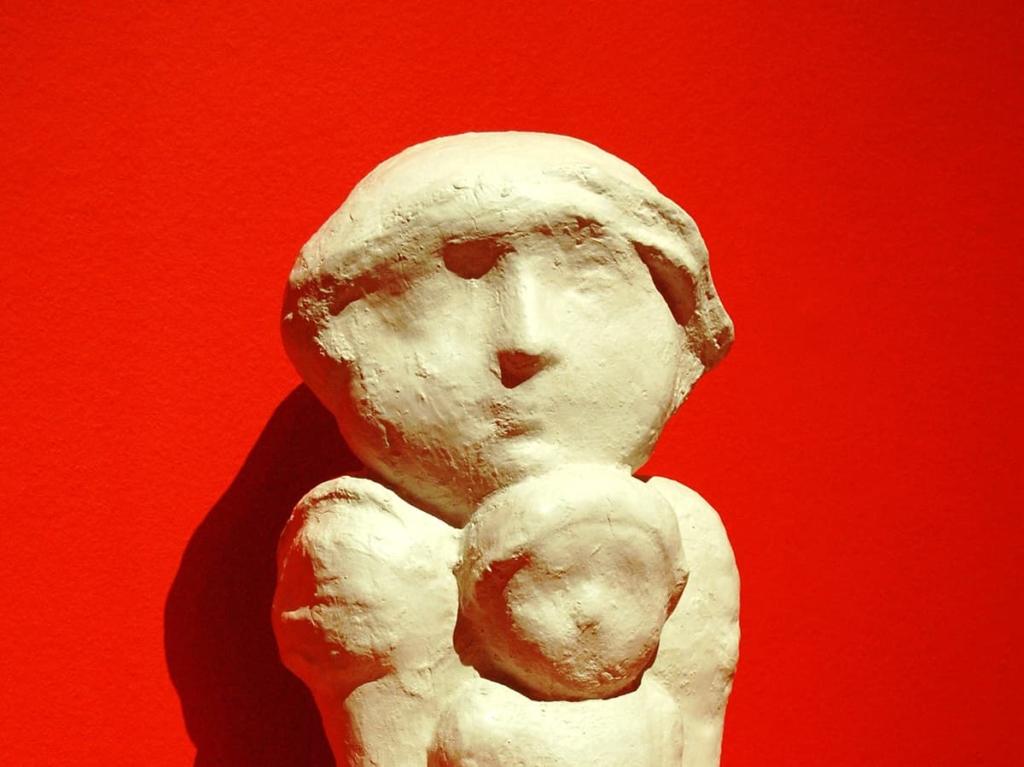
Nr 18
To wydanie magazynu miało być poświęcone nowej wystawie, której otwarcie planowaliśmy na najbliższy piątek, czyli 27 listopada. Rzeźba w poszukiwaniu miejsca jest przekrojową opowieścią o polskiej rzeźbie XX i XXI wieku w autorskim ujęciu Anny Marii Leśniewskiej — badaczki tematu i kuratorki wystaw Barbary Zbrożyny i Magdaleny Więcek w Zachęcie — pokazującym pogłębiającą się intermedialność tej tradycyjnej dziedziny sztuki. Choć na premierę wystawy musimy jeszcze chwilę poczekać, w 18 numerze magazynu wyciągamy z naszych zasobów materiały dotyczące rzeźby, rzeźbiarek i rzeźbiarzy.
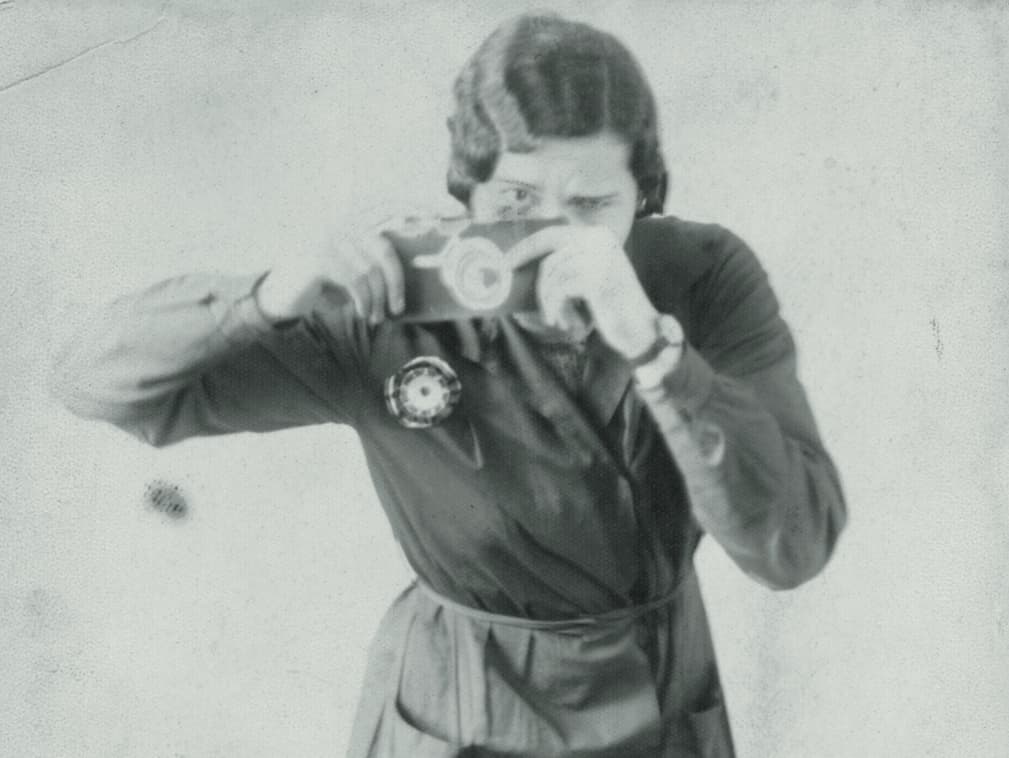
Nr 17
Zachęta jest kobietą. Często posługujemy się wewnętrznie takim żartobliwym stwierdzeniem i nie oznacza ono tylko, że zdecydowana większość pracowników galerii to kobiety. W instytucjach kultury to przecież zjawisko powszechne. Zachęta jest kobietą, bo nie jest obojętna na to, co dzieje się wokół. W 17 numerze magazynu poprzez nasze archiwa opowiadamy zatem o kobietach: buntowniczkach, społecznicach, prowokatorkach czy anarchistkach.

Nr 16
„Codziennie, od dwóch miesięcy, podchodzę do tych fotografii. I szybko odchodzę. Potrzebuję trochę powietrza. Trudno się przy nich oddycha. Jak w starym domu jeszcze starszych ludzi, w którym nikt już nie sprząta. Od tych odbitek czuć zapach choroby, leków, stali, ogrodów zoologicznych, siana pełnego odchodów w upalny, duszny dzień” — pisze Mira Marcinów o serii zdjęć Joanny Piotrowskiej dokumentujących klatki i wybiegi dla zwierząt. Jej esejem Klatka i zabawa rozpoczynamy 16 numer Magazynu Zachęta Online, w którym pojawiają się nie tylko zwierzęce wątki.

Nr 15
Joanna Piotrowska to artystka wizualna i fotografka mieszkająca i pracująca w Londynie. Od 18 września można oglądać w Zachecie jej indywidualną wystawę Zaduch. Na naszej stronie dostępny jest także 15 numer Magazynu Zachęta Online, który rozpoczynamy wywiadem z artystką. „[…] w wielu moich pracach pojawia się temat dotyku. Najpierw w pracach z serii Frowst, czyli w kontekście intymnych relacji rodzinnych. Obecny jest także w filmie przedstawiającym dłonie w geście terapeutycznym. Potem w kolejnych pracach w akcie fizycznego konfliktu, samoobrony. Istotne jest dla mnie tworzenie takich połączeń i poruszanie się od zwierzęcia do człowieka, od człowieka do domu, od domu do klatki, od klatki do schronienia, bezpieczeństwa, intymności, dotyku. Krążę między tymi punktami odniesienia, starając się zbadać relacje pomiędzy nimi” – mówiła Piotrowska Magdalenie Komornickiej w marcu tego roku. Natomiast o relacjach władzy w pracach artystki przeczytacie w tekście Choroba bez pacjenta filozofki Joanny Bednarek.

Nr 14
O kolekcji opowiadaliśmy już w ósmym numerze magazynu online. W najnowszym, czternastym wydaniu wracamy do tematu kolekcjonowania, choć przywołujemy nie tylko nasze zbiory. Okazją stał się generalny remont magazynów dzieł sztuki. Dla tych, którzy chcieli zajrzeć „za kulisy” to prawdziwa okazja — przez najbliższy rok prace z kolekcji zajmą dolne sale ekspozycyjne, gdzie powstanie specjalnie zaaranżowany magazyn tymczasowy, zaś w Małym Salonie będziemy prezentować zbiory Zachęty w kuratorskim wyborze Michała Jachuły. Pierwszy pokaz zatytułowany Żywe magazyny: Artibus będziecie mogli oglądać już od początku października. A teraz przypominamy różne odsłony różnych kolekcji, które miały miejsce w murach Zachęty.
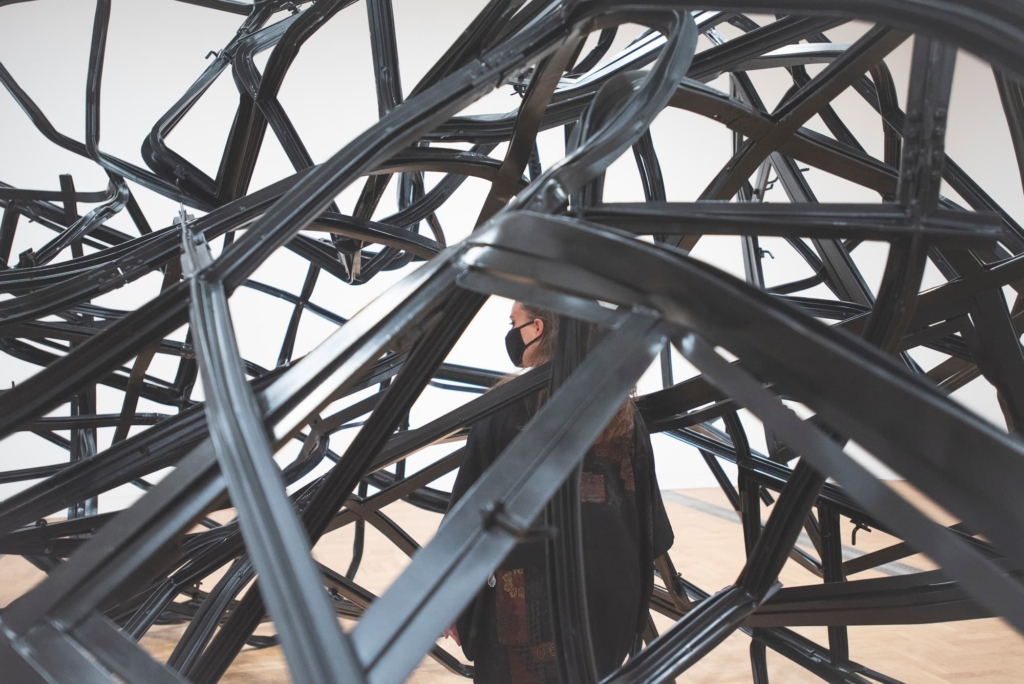
Nr 13
Od dziś na naszej stronie dostępny jest 13 numer Magazynu Zachęta Online, a w nim m.in. tekst Gabrieli Świtek Naginanie konstrukcji. Notatki wokół wystawy Moniki Sosnowskiej w Zachęcie, oraz zapis spotkania z artystką z 2012 roku przy okazji wystawy Nowa rzeźba?. Z prac z naszej kolekcji przypominamy serię fotograficzną Eustachego Kossakowskiego Geometryczna architektura na budowie oraz wizualizacje architektonicznych projektów wybitnej polskiej rzeźbiarki Aliny Ślesińskiej. Zaś z historii wystaw CBWA „Zachęta” przywołujemy pokaz z 1964 roku Formy — Francja. Przemysł, architektura, urbanistyka w opracowaniu Marka Czapelskiego.

Nr 12
Zachęcamy do lektury 12 numeru Magazynu Zachęta Online poświęconego przede wszystkim twórczości Moniki Sosnowskiej. Otwieramy go esejem Marii Brewińskiej Rzeczywistość z błędami, w którym kuratorka analizuje inspiracje rzeźbiarki socmodernistyczną architekturą w kontekście najnowszej ekspozycji. „Architektonizacja rzeźb Moniki Sosnowskiej opiera się na elementach zapożyczonych z języka architektury i budownictwa, przetwarzanych w niespotykany dotąd sposób. Jej dzieła sugerują potencjalną »awarię architektury«, odnoszą się do rzeczywistości z błędami, wydobywając rzeczy, jakich podświadomie boją się architekci, w założeniu projektujący trwałe obiekty, które mają przetrwać nas wszystkich” — pisze Brewińska.

Nr 11
Od 2018 roku lato w Zachęcie nie tylko kojarzy się z wystawami, spotkaniami czy warsztatami, ale też z placem Małachowskiego, który stał się naturalnym przedłużeniem przestrzeni galeryjnej. Od dwóch lat plac pozostaje przestrzenią wolną od samochodów, przyjazną dla widzów galerii i przechodniów. W te wakacje również będziemy na nim obecni, choć wiele naszych planów musiało ulec modyfikacjom. Niezmiennie zobaczycie tu Prostą tęczę Marka Sobczyka.

Nr 9
„Jeśli teraz nie odważymy się na wszystko, dotknie nas biblijne proroctwo, o którym śpiewał niewolnik: Bóg dał Noemu znak tęczy. Nigdy więcej deszczu — następnym razem pożar!” – pisał w 1962 James Baldwin. Cytat ten stał się inspiracją dla Marii Brewińskiej, która w 2019 roku przygotowała w Zachęcie wystawę Alienacje albo następnym razem pożar. Siedem filmów siedmiu wybitnych międzynarodowych artystów pokazywało oblicza współczesnego wyalienowania: od kwestii społecznych, rasowych po ekologię. Tej wiosny druga odsłona wystawy miała mieć miejsce w Muzeum Śląskim w Katowicach. Niestety plany uległy zmianie, a aktualność Alienacji wydaje się właśnie dziś szczególnie dojmująca. W dziewiątym numerze Magazynu Zachęta Online przypominamy m.in. tę wystawę.

Nr 7
W niepandemicznej rzeczywistości trwałoby już 17 Biennale Architektury w Wenecji, a w jego ramach wystawa Trouble in Paradise w Pawilonie Polskim. Mimo pierwotnego planu przesunięcia otwarcia z maja na sierpień, organizatorzy zdecydowali jednak, że Międzynarodowa Wystawa Architektury – La Biennale di Venezia odbędzie się w 2021 roku. Czekając zatem na kolejne biennale, najnowsze wydanie Magazynu Zachęta Online poświęcamy architekturze – nie tylko w Pawilonie Polskim, ale też w Zachęcie.

Nr 6
Szanowni Państwo, wróciliśmy – do Zachęty i MPZ! Na nowych zasadach, w przyłbicach, maseczkach i rękawiczkach, ale już na miejscu i dla publiczności. Uff… Od 13 maja otwieraliśmy etapowo nasze wystawy: Wideotaśmy, Ahmed Cherkaoui w Warszawie, Lekcja fruwania oraz Być jak Paul Cézanne w MPZ. Jednocześnie jesteśmy cały czas obecni online, bo nie możemy spotkać się z Wami w galerii podczas dyskusji, oprowadzań czy warsztatów. Pracujemy więc w realu i wirtualu, przyzwyczajając się do tej dwutorowości, która zapewne jeszcze chwilę potrwa. Również ten list będzie miał dwoistą formę, bo piszę go i jako pracownica działu edukacji, i jako redaktorka Magazynu Zachęta Online.

Nr 5
„Gdybym nie zajmował się wcześniej muzyką, dużo więcej czasu zajęłoby mi dotarcie do sedna tego, co robię w malarstwie. Do sposobu rozróżniania, co jest w pracy prawdziwe. Dzięki temu można też stać się odważniejszym. Nie bać się podjęcia pewnej gry i traktowania malarstwa z rodzajem kontrolowanego zaniedbania” – mówił w 2015 roku John Lurie. Wystawę malarstwa znanego amerykańskiego muzyka, w Polsce rozpoznawalnego także dzięki filmom Jima Jarmuscha, przygotowali w Zachęcie Stanisław Welbel i Karolina Sulich. O drodze artysty od tworzenia muzyki do malowania przeczytacie w otwierającym najnowsze wydanie magazynu online wywiadzie kuratorów z artystą.

Nr 4
„Dojrzałość poczułeś przed wiekiem Chrystusowym, czy po?” – pyta w wywiadzie Maria Brewińska Rafała Bujnowskiego. „Jasne, że po. To chyba jest związane z mentalną stabilizacją. Nie umiałbym wskazać jednego przełomowego zdarzenia, jak w filmie: oto coś się dzieje i nagle wszystko wygląda inaczej. To jest proces, bardziej nawarstwianie się niż eksplozja czy efektowny zwrot akcji”. W czwartym numerze magazynu, który skonstruowaliśmy wokół hasła „czas”, wracamy do indywidualnej wystawy artysty z 2016 roku, zatytułowanej 2066.

